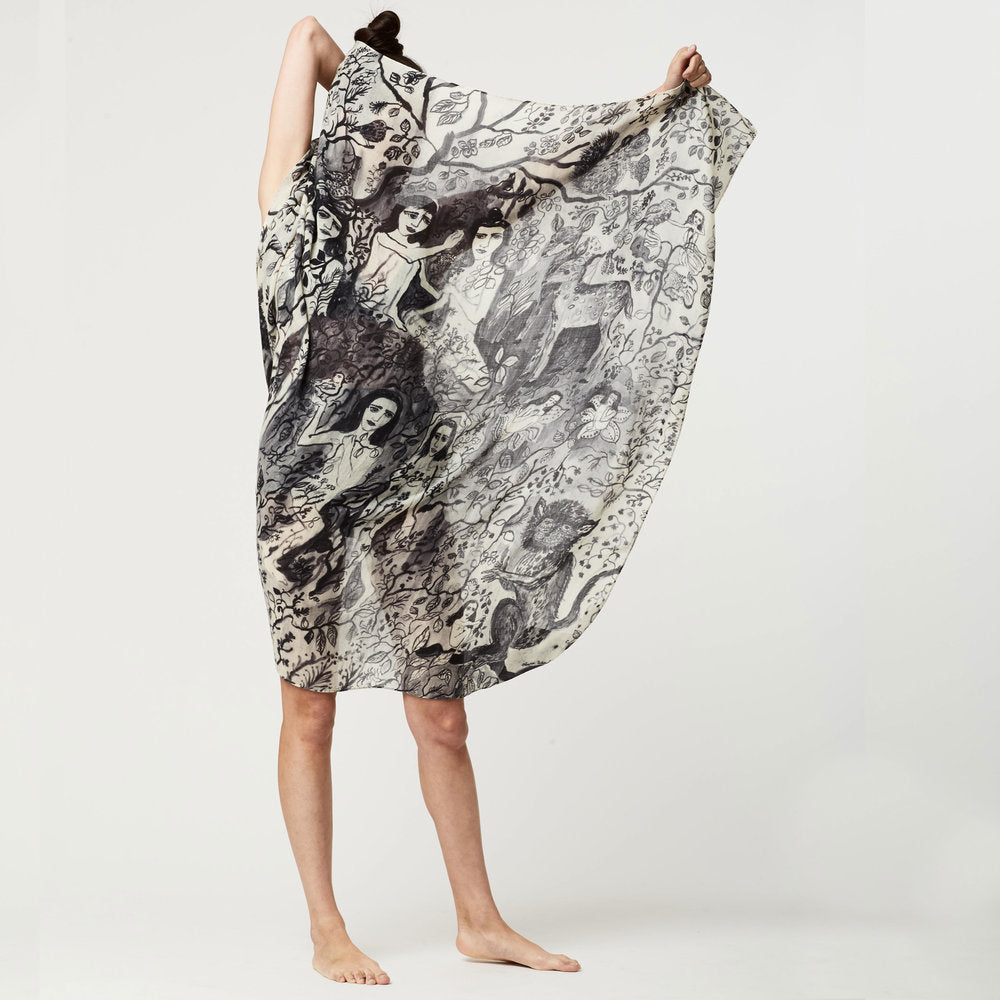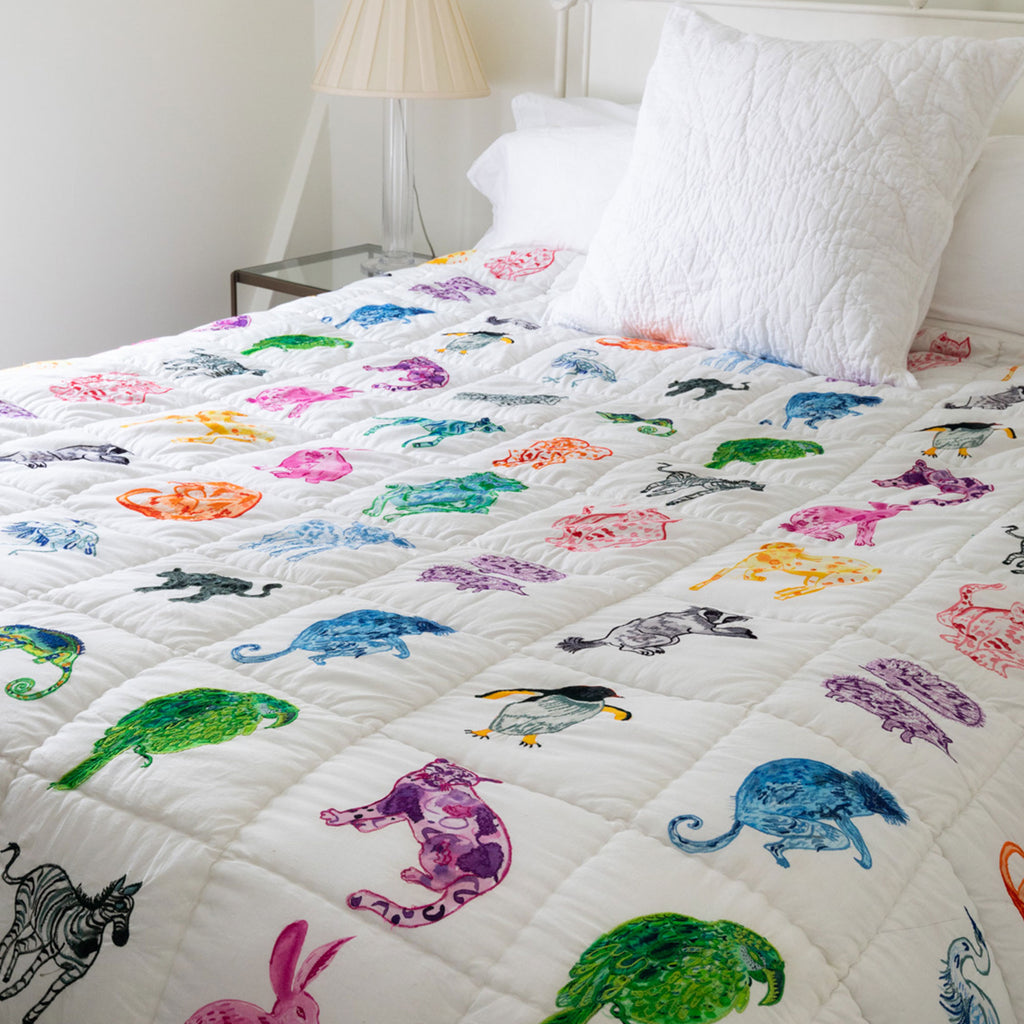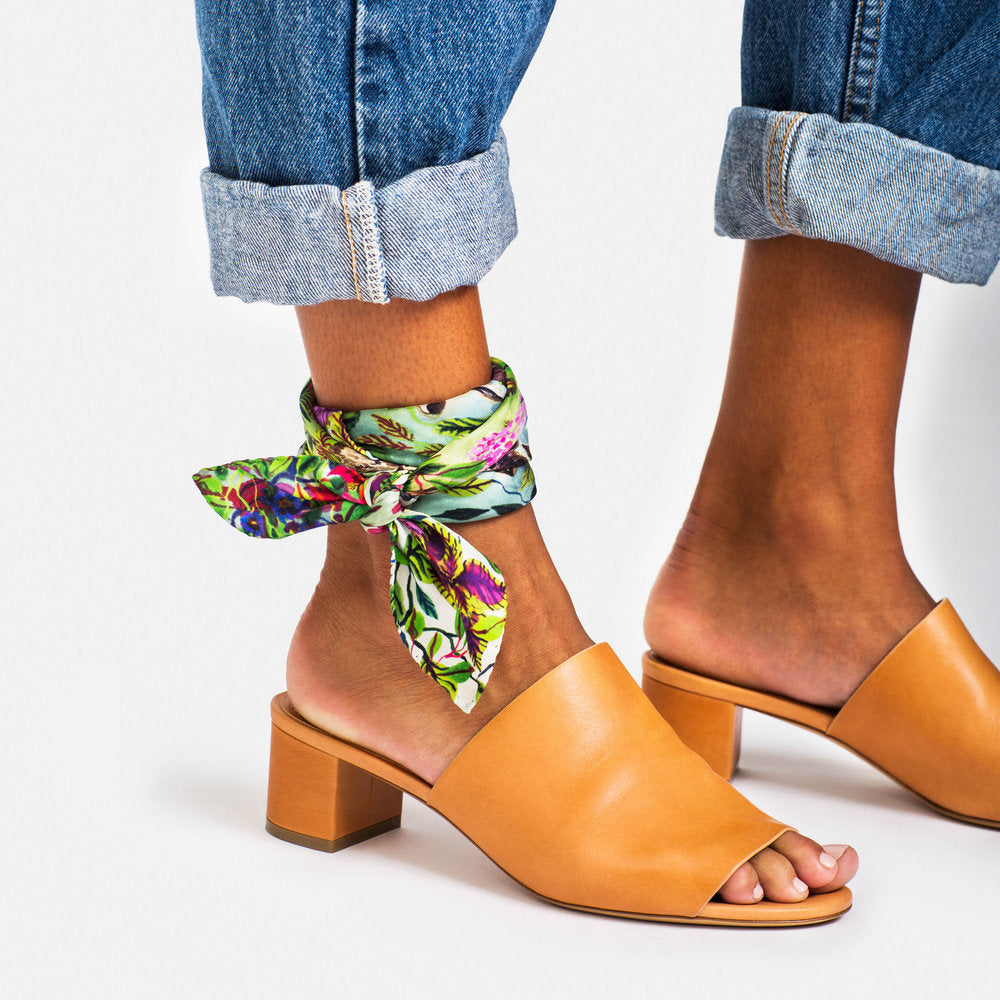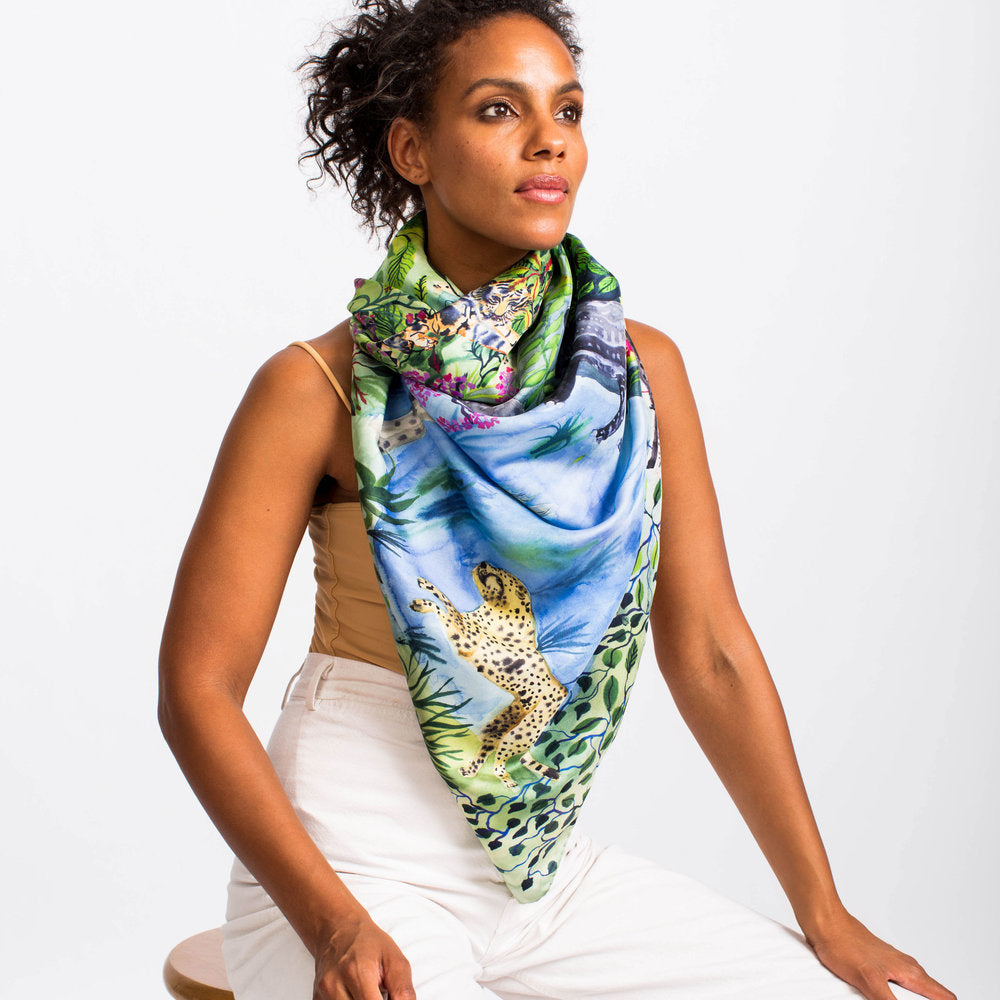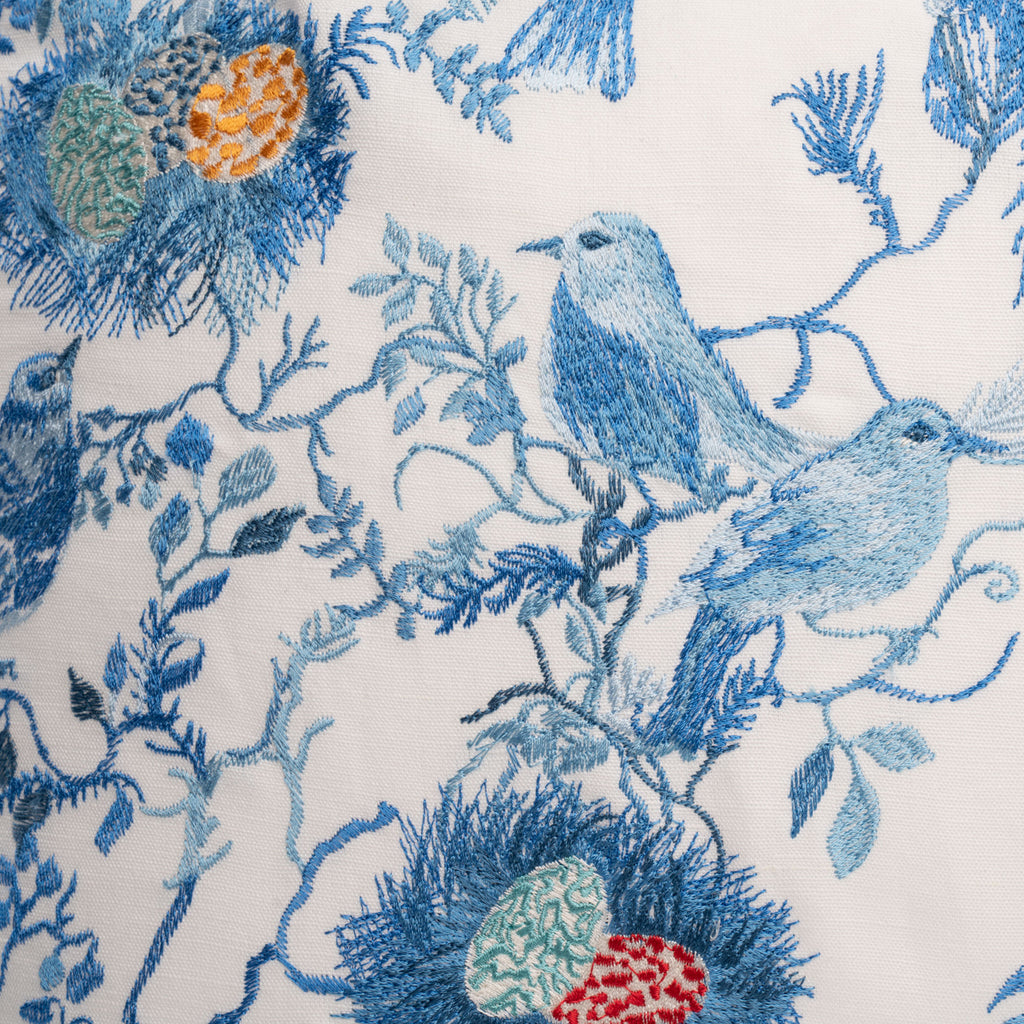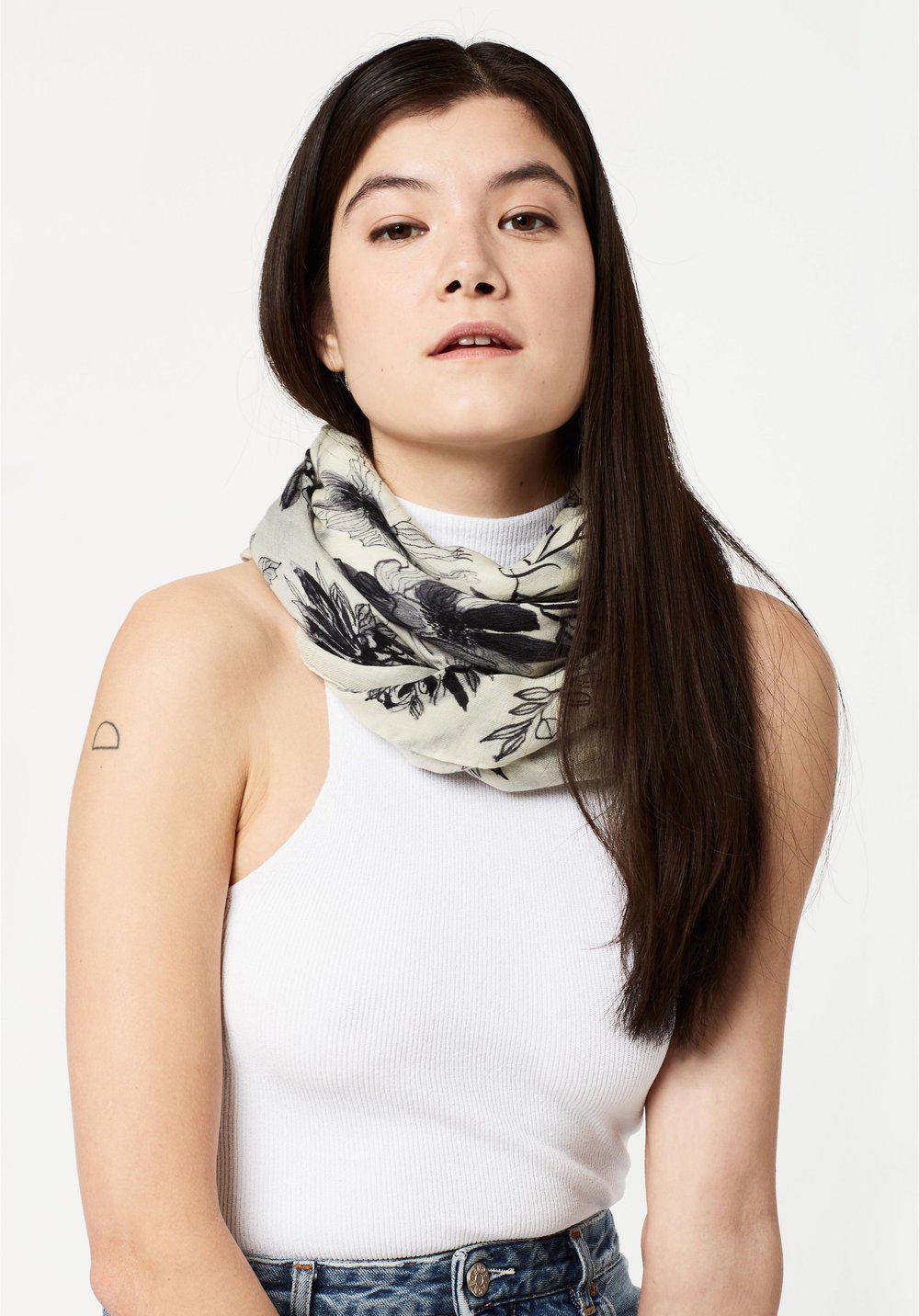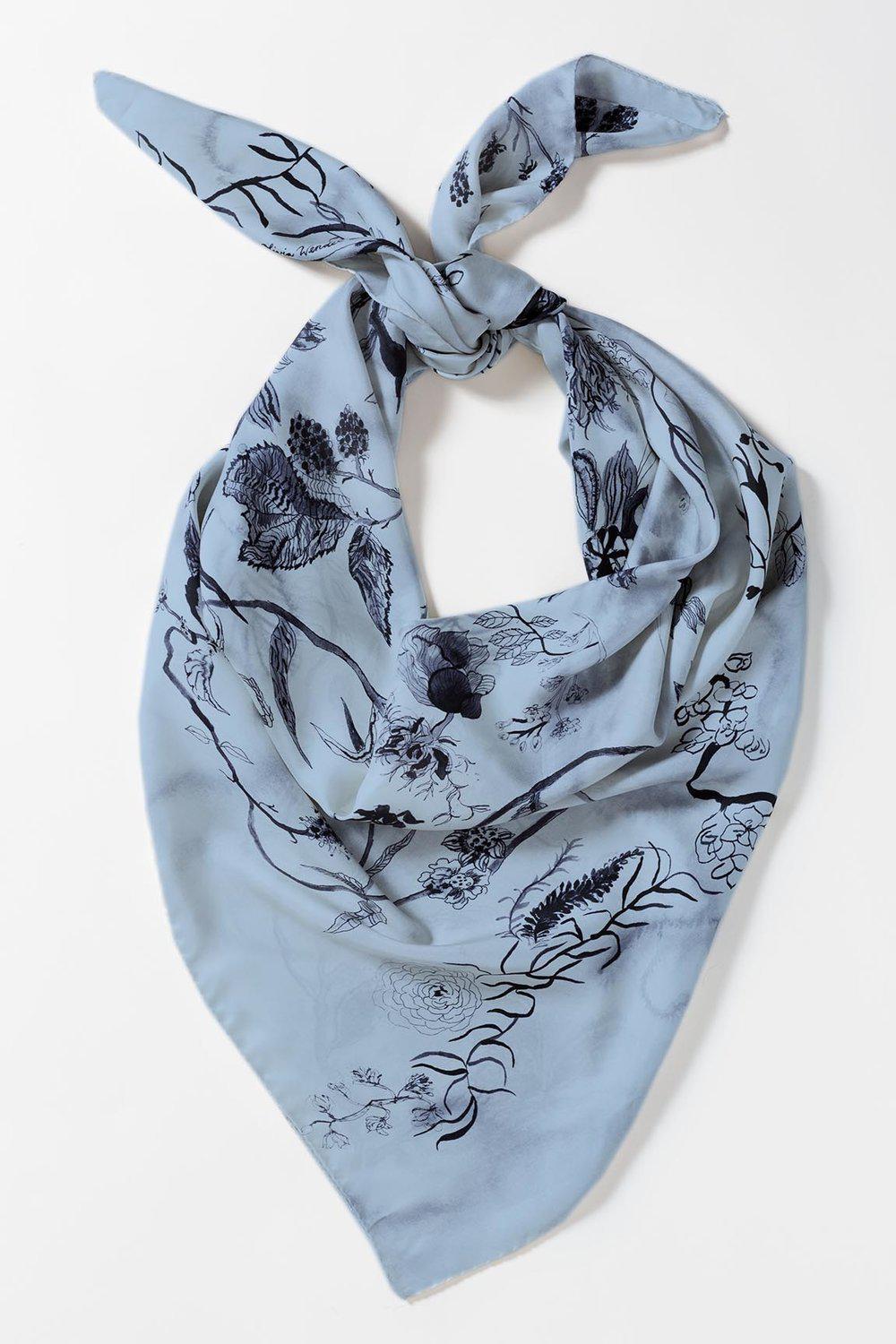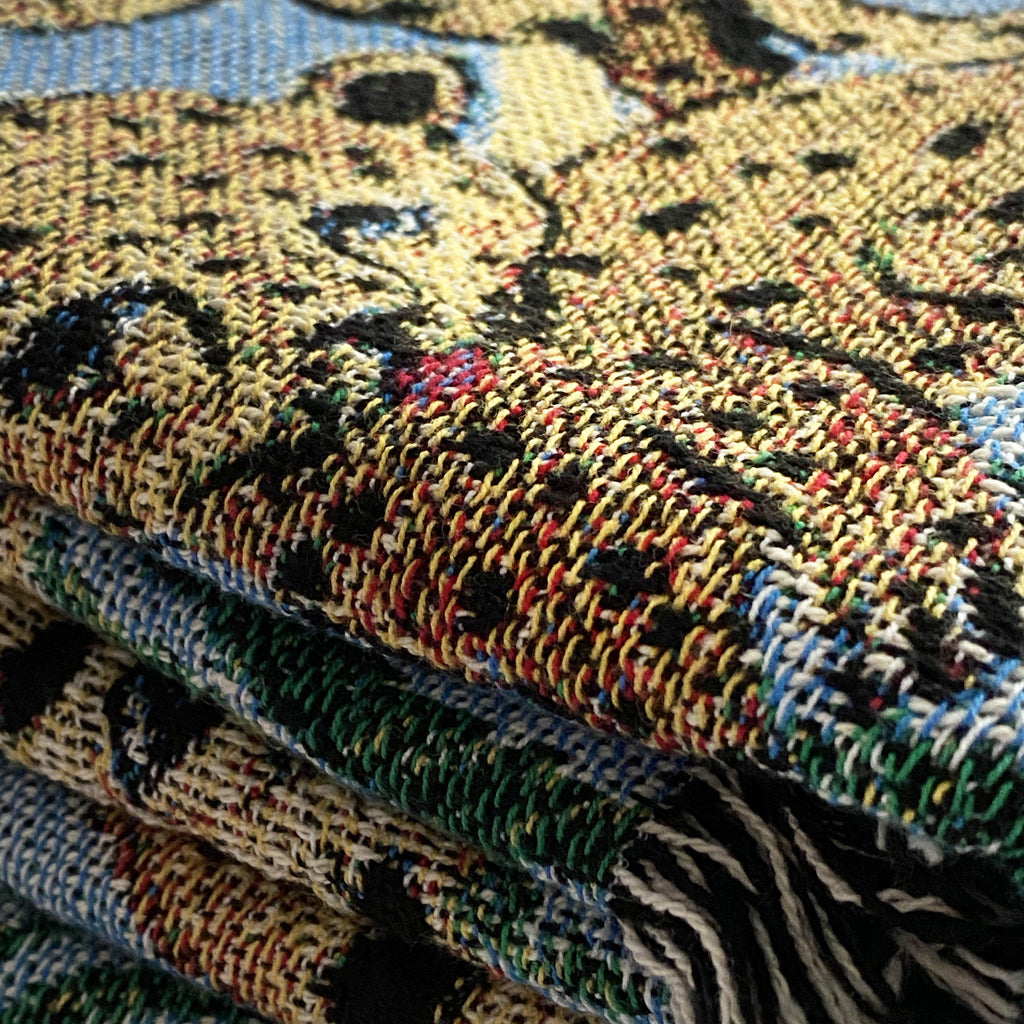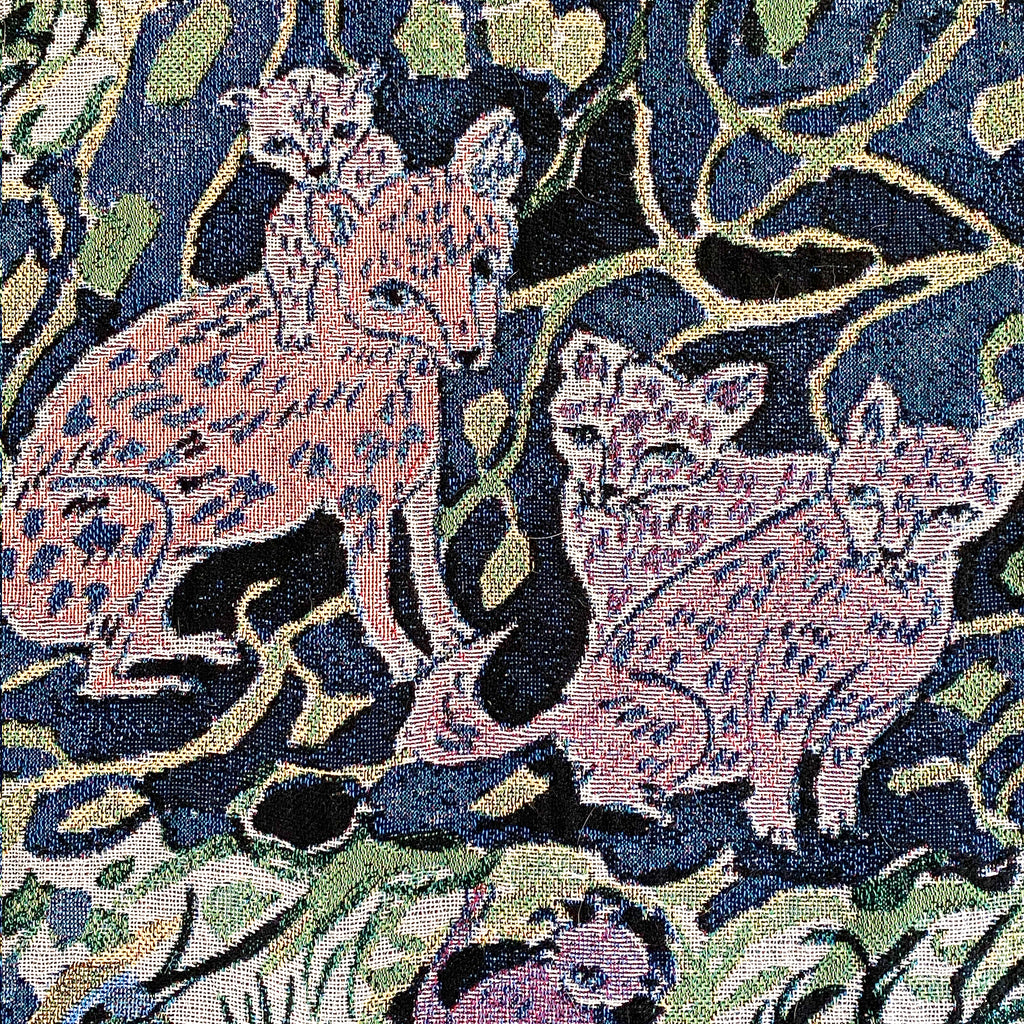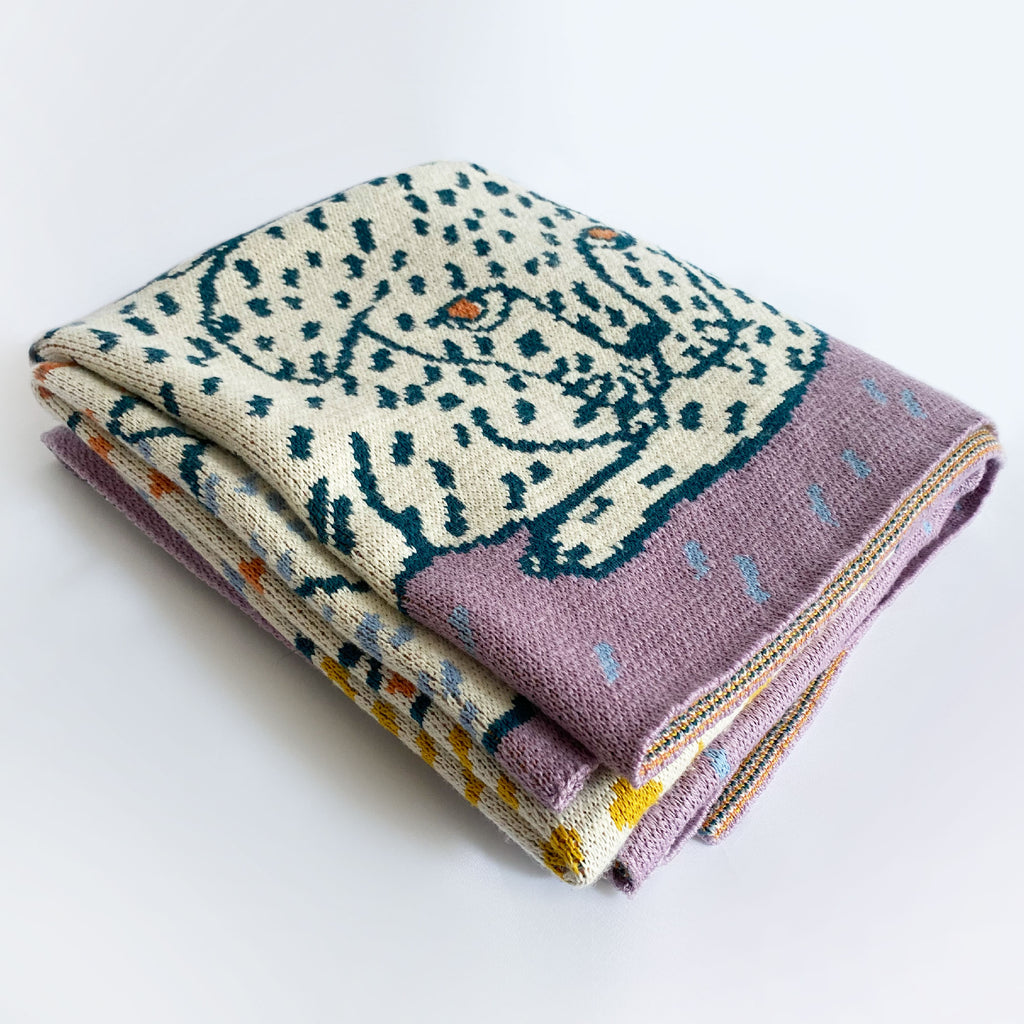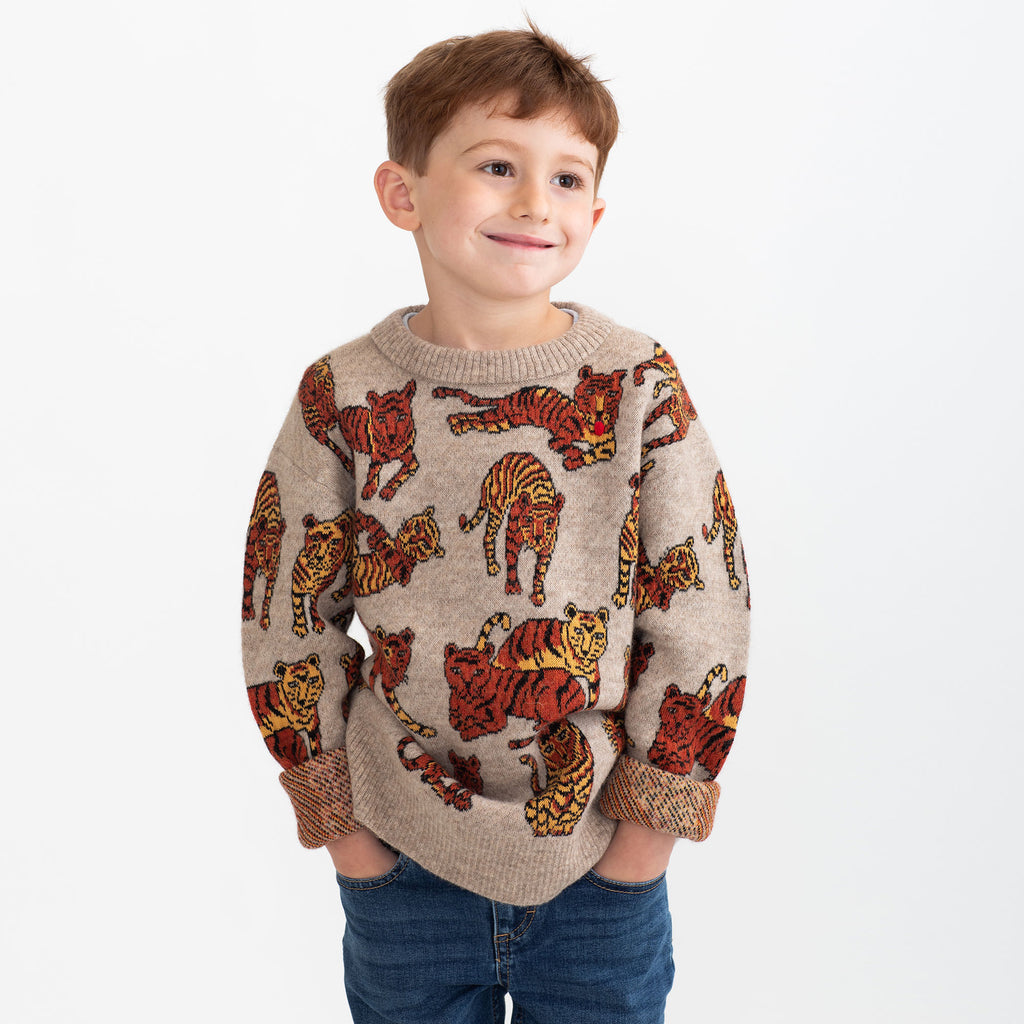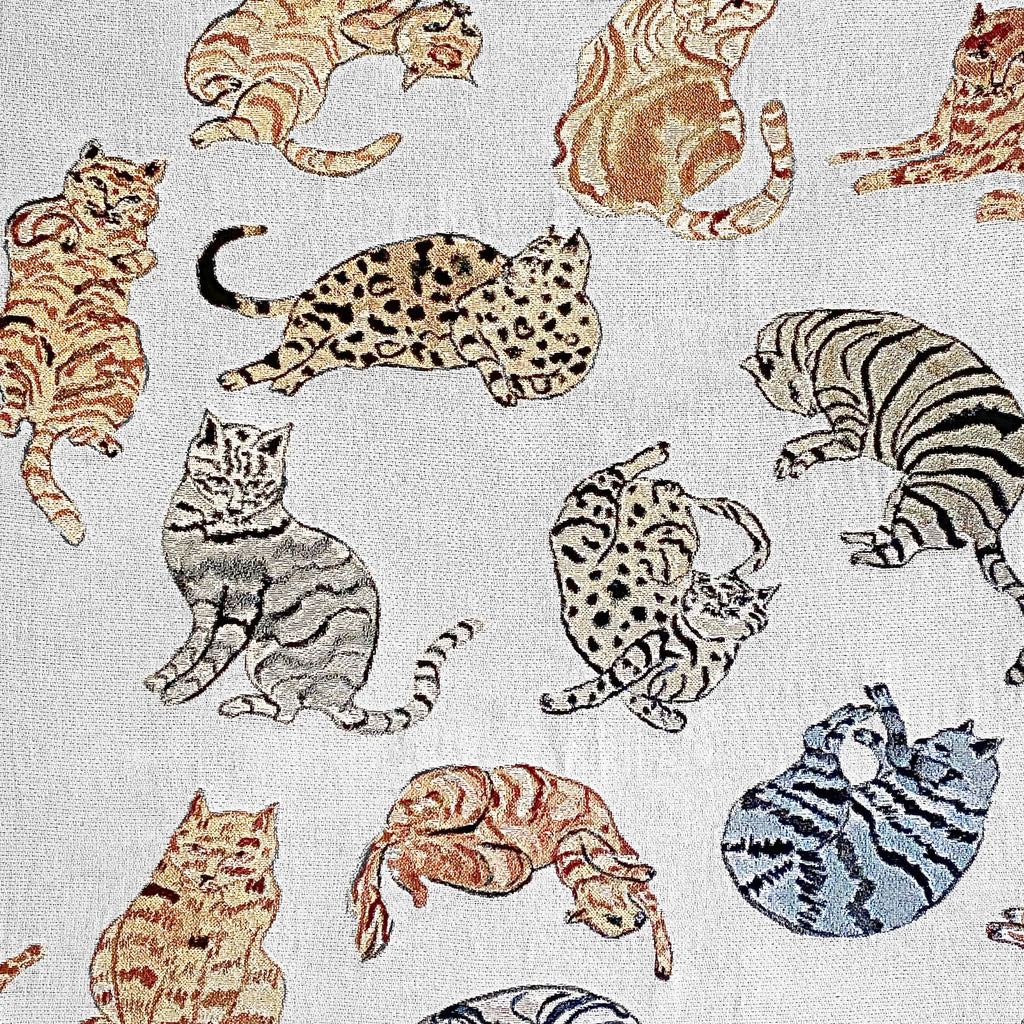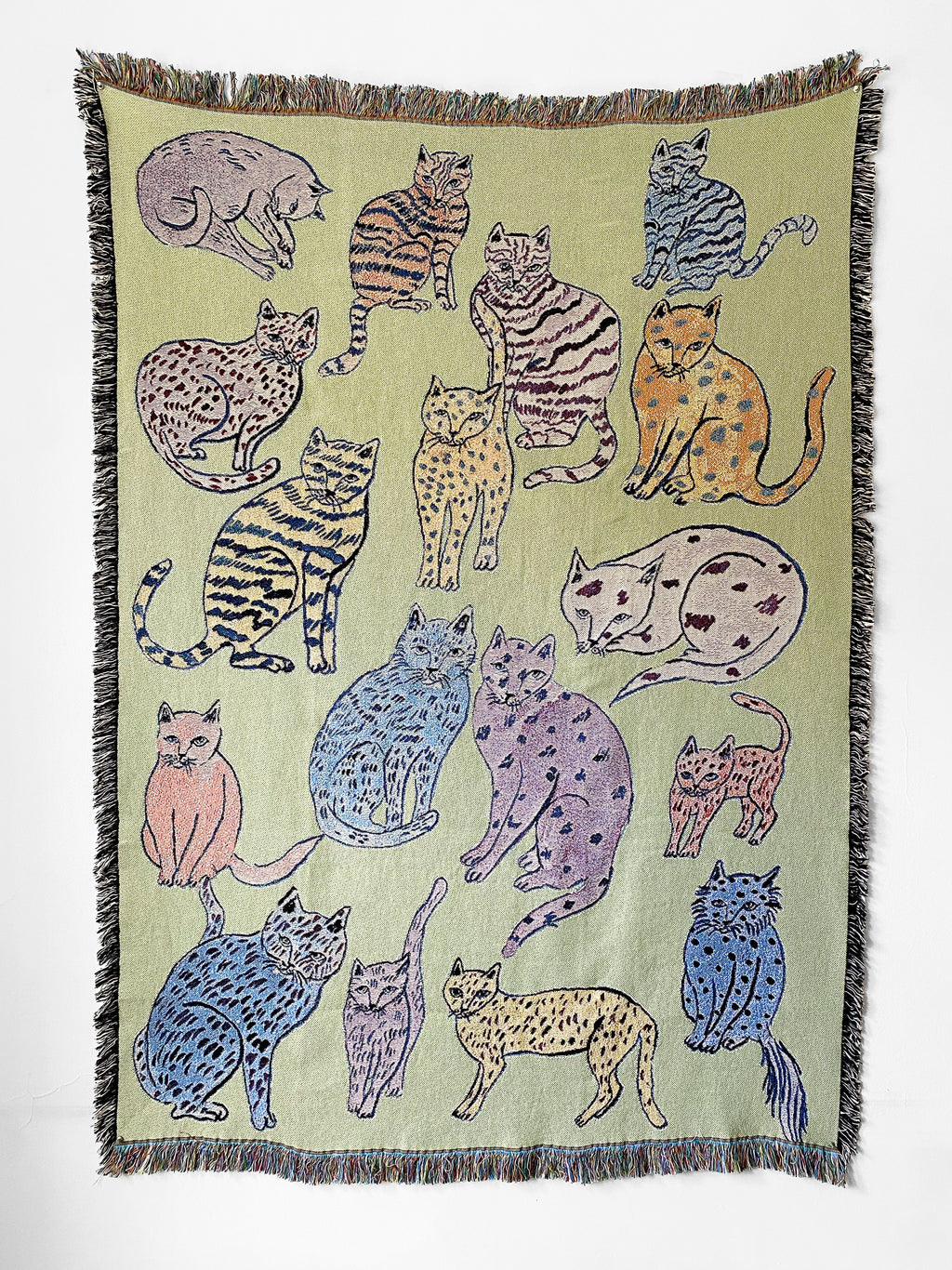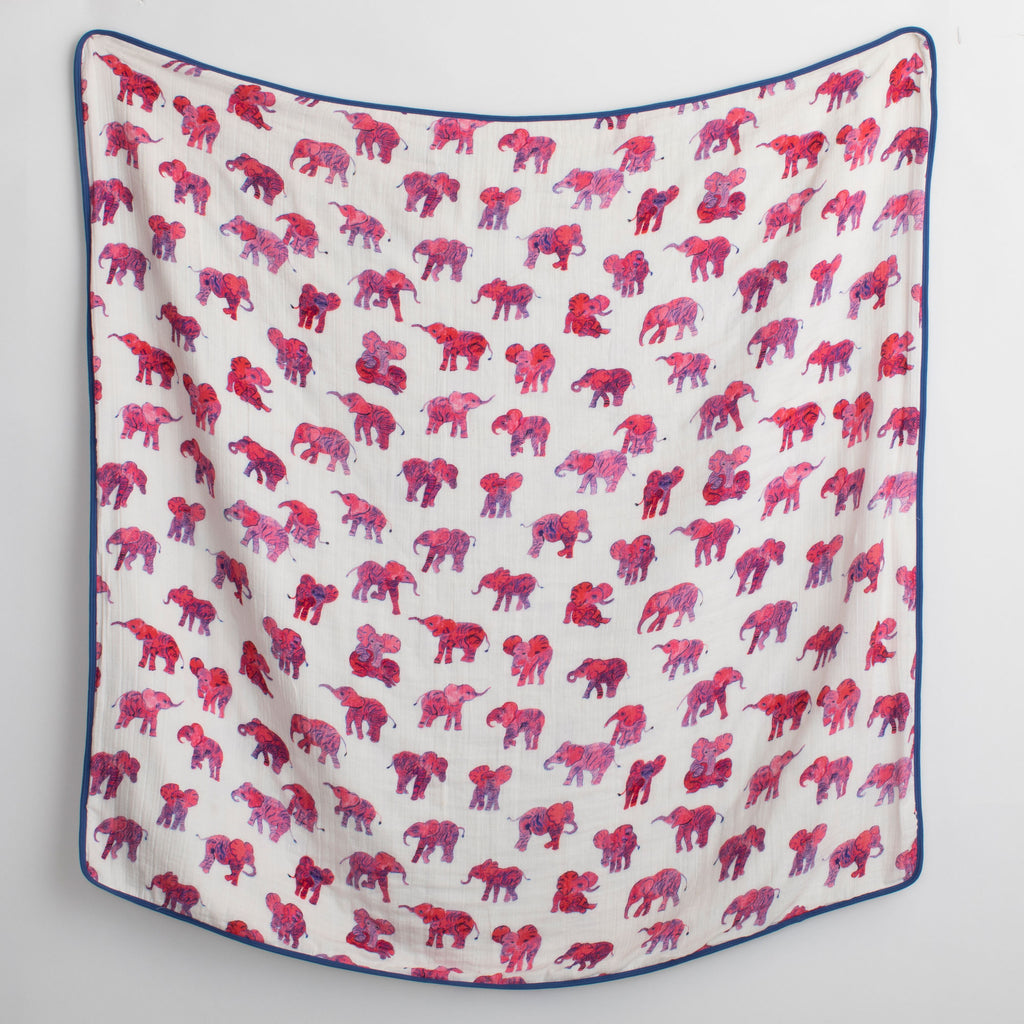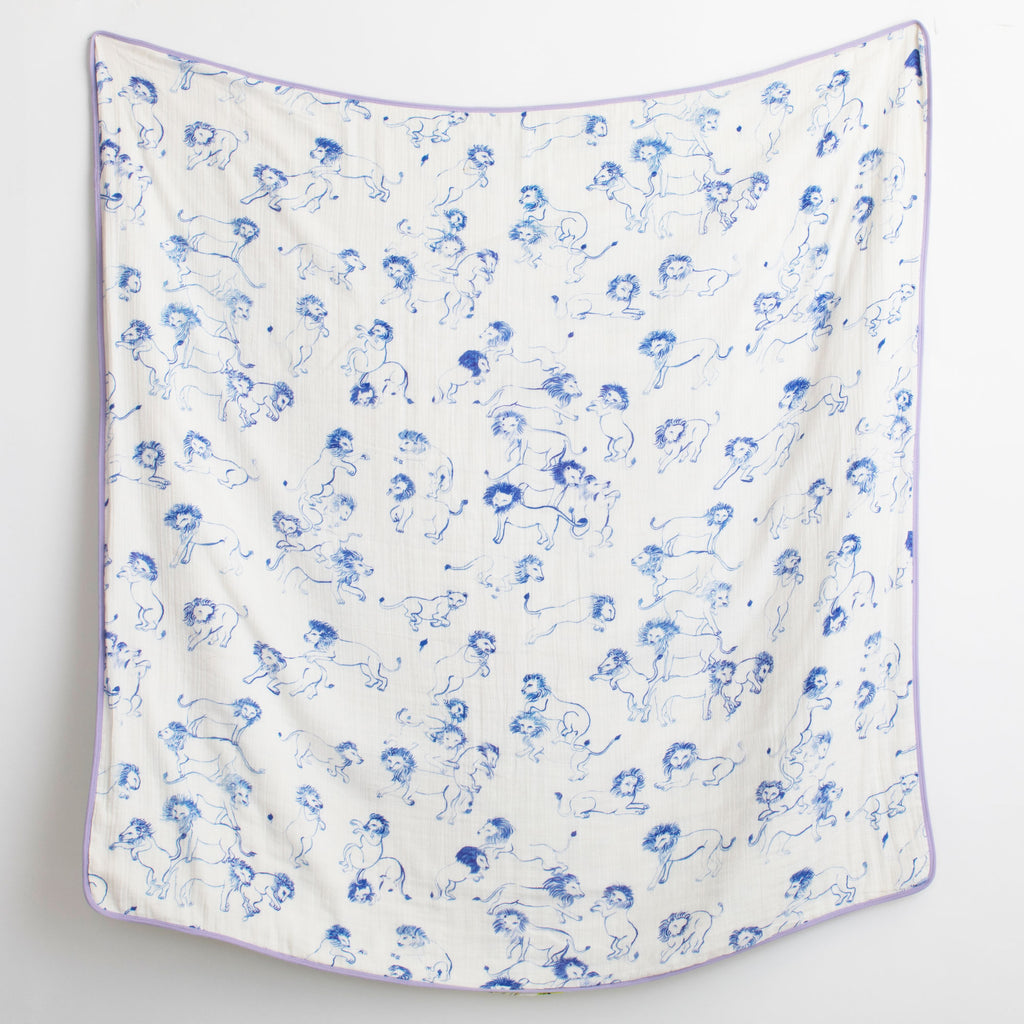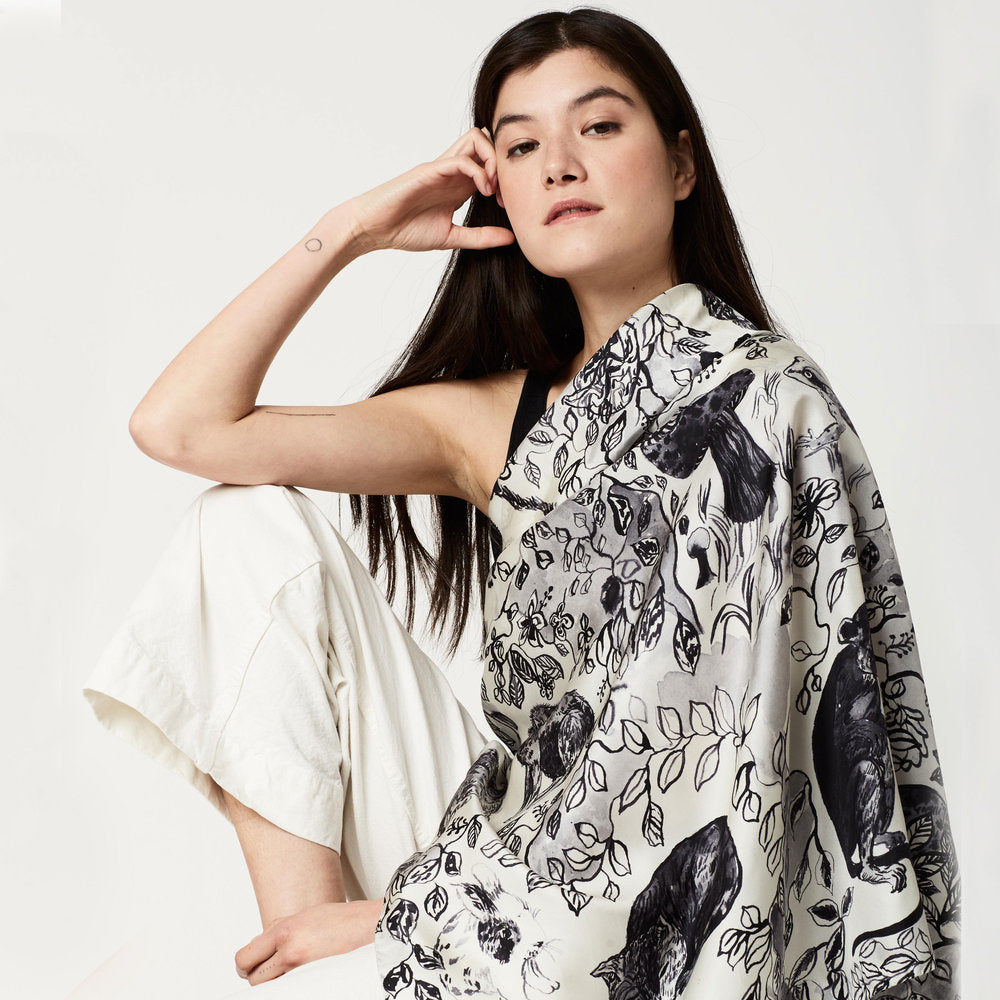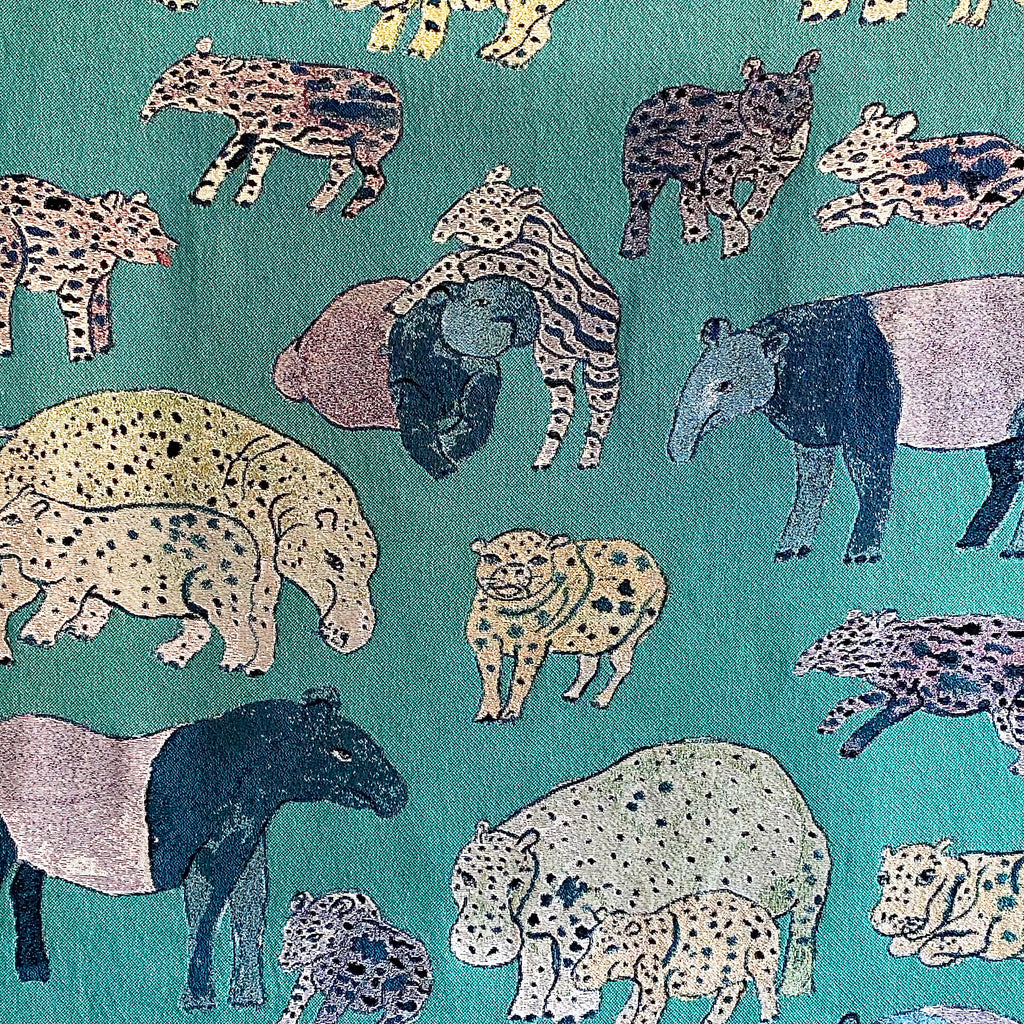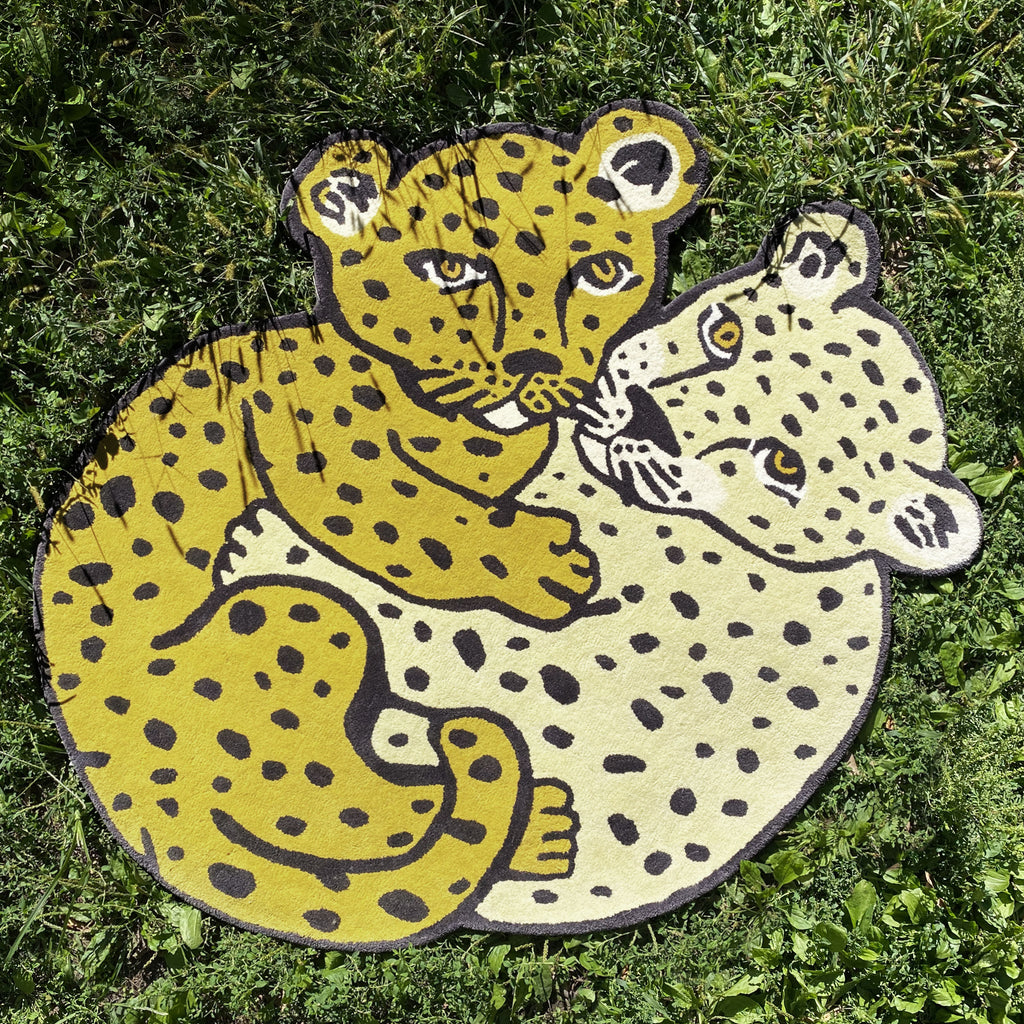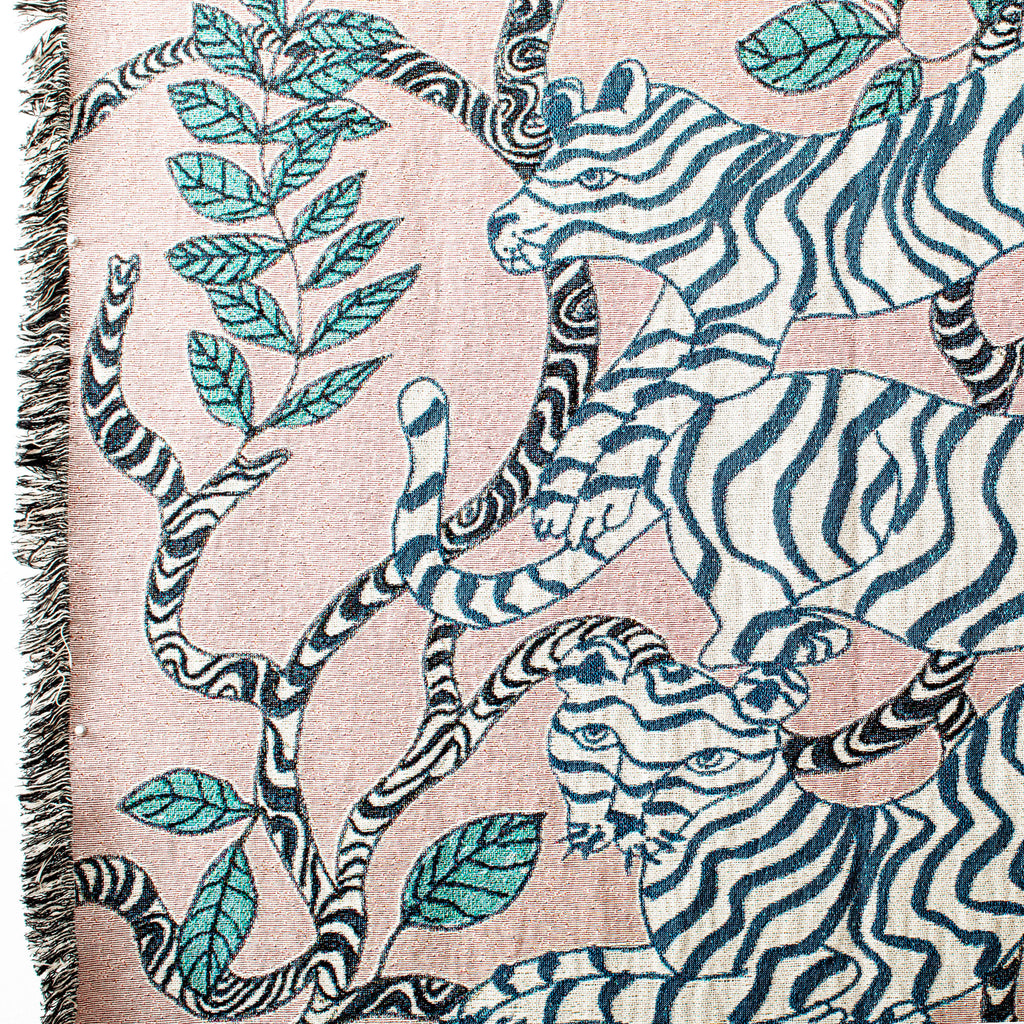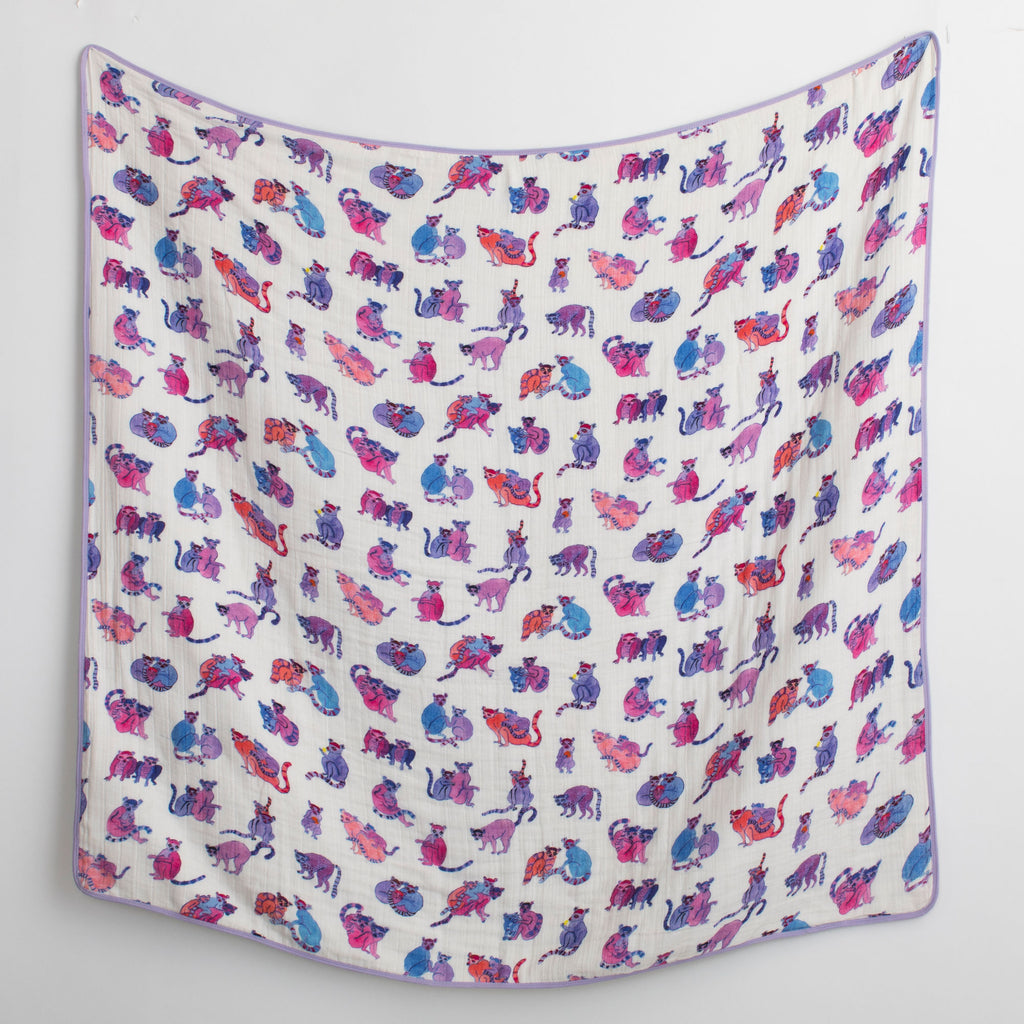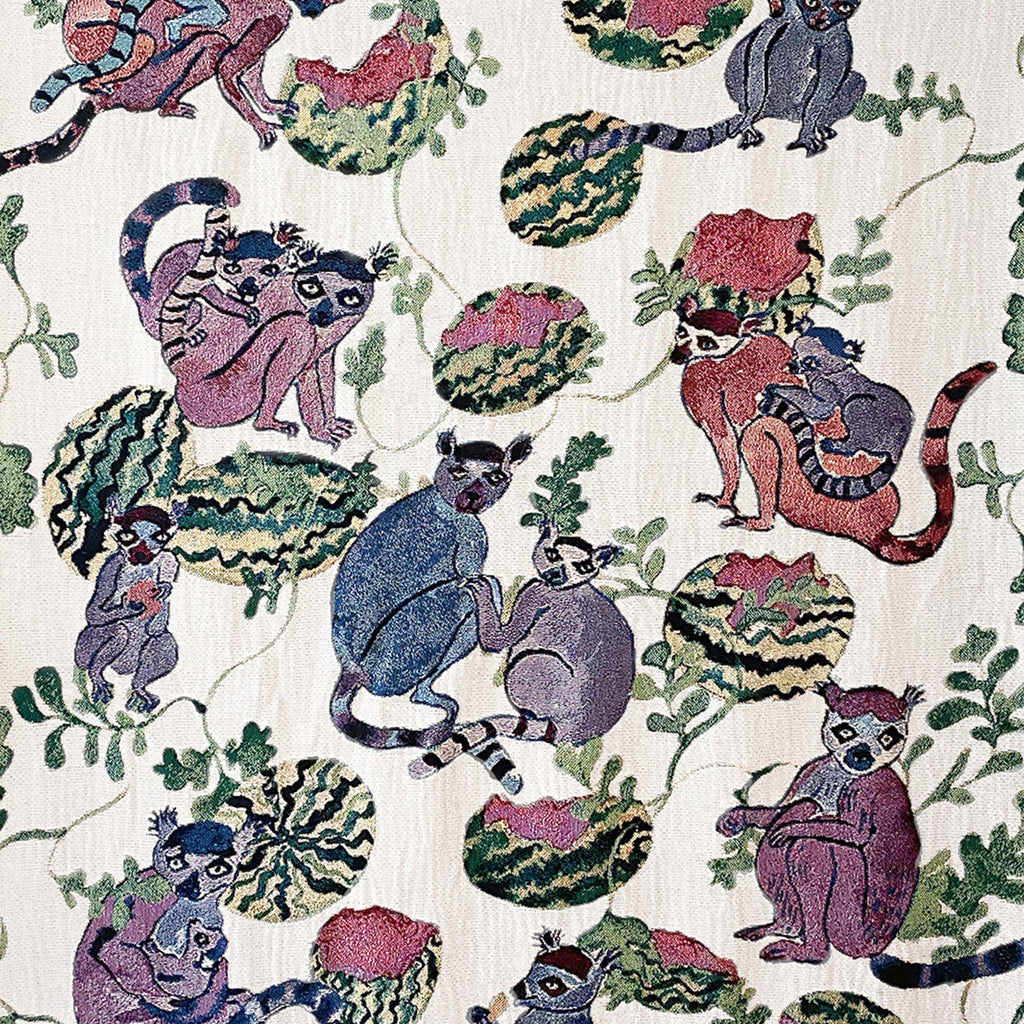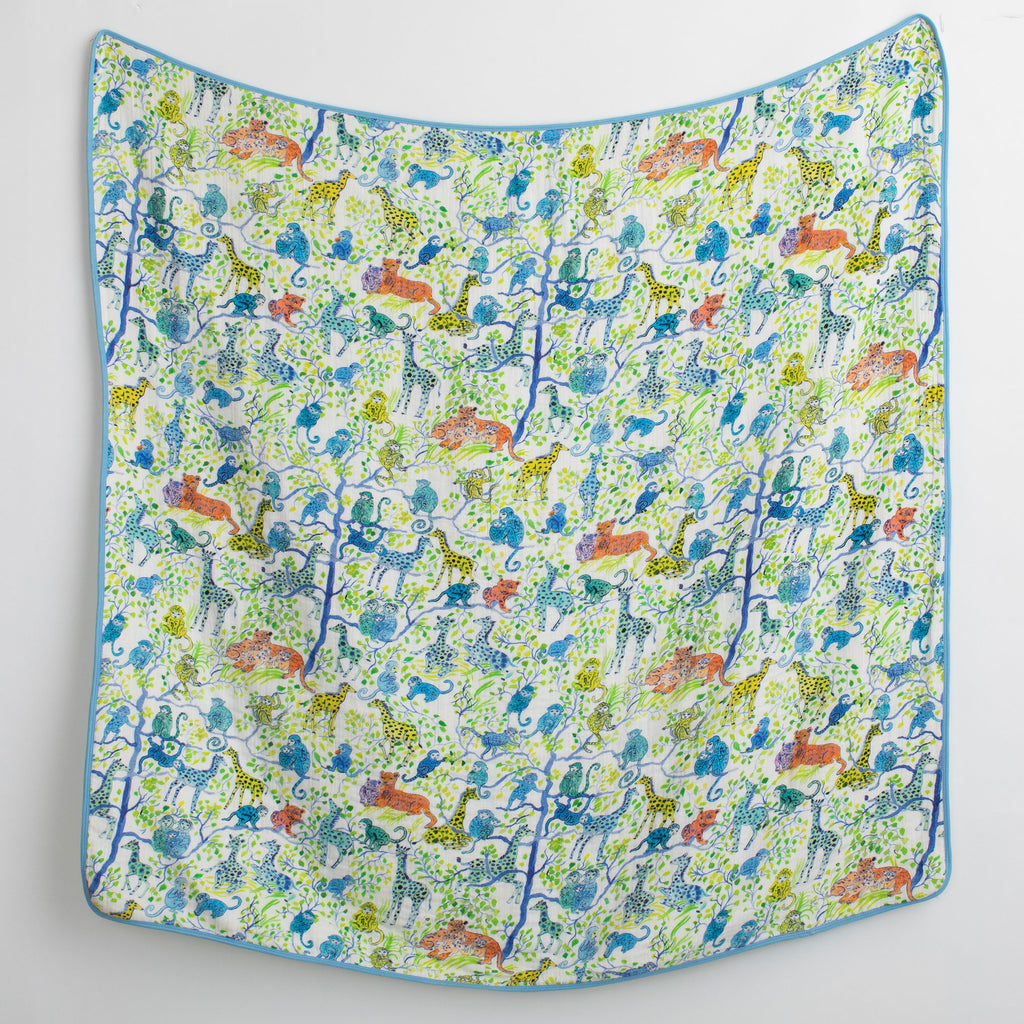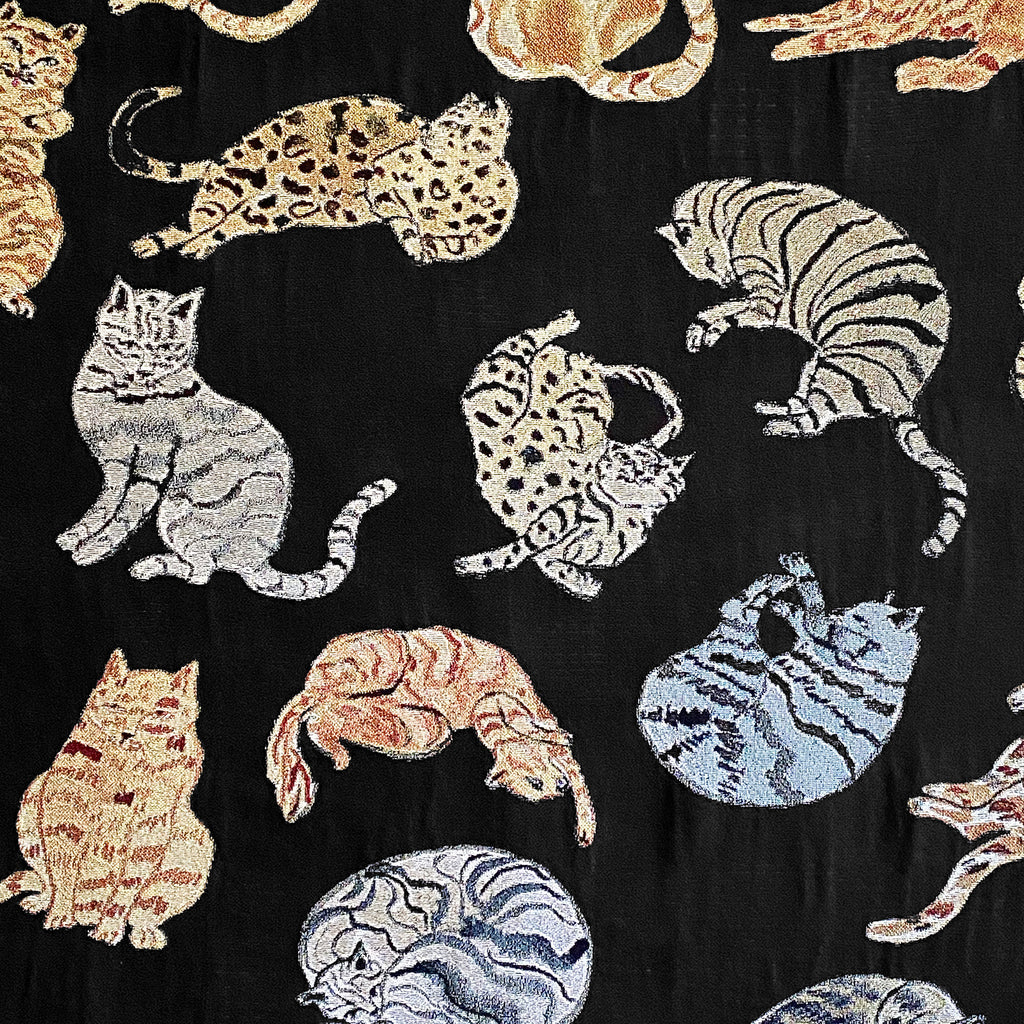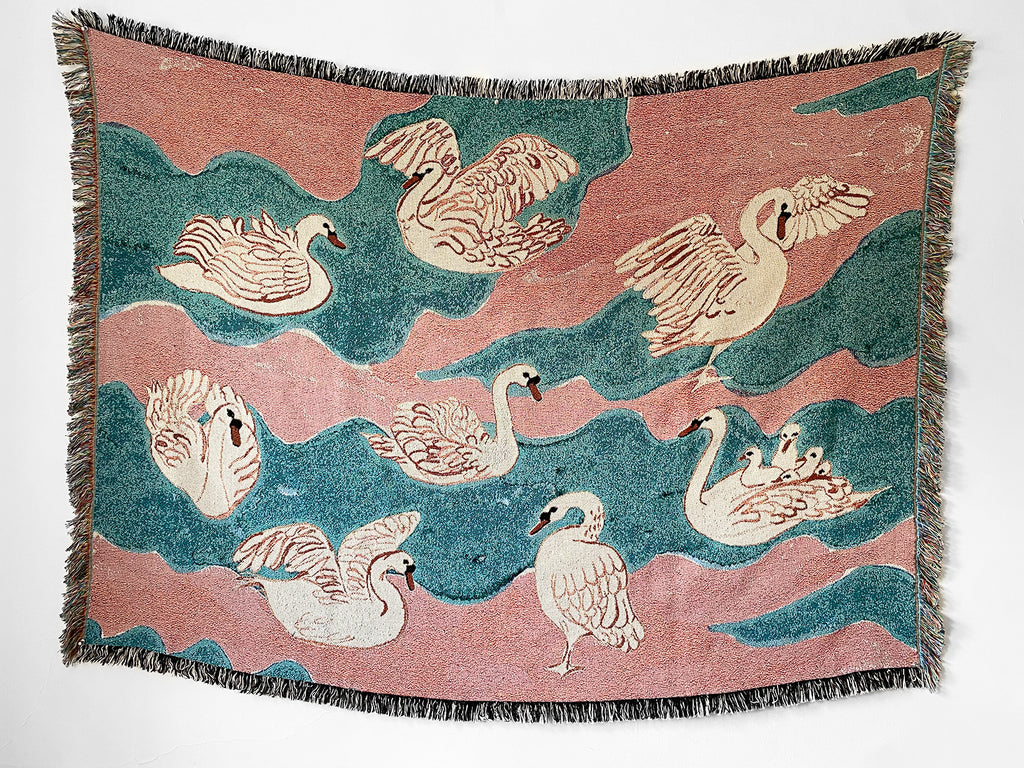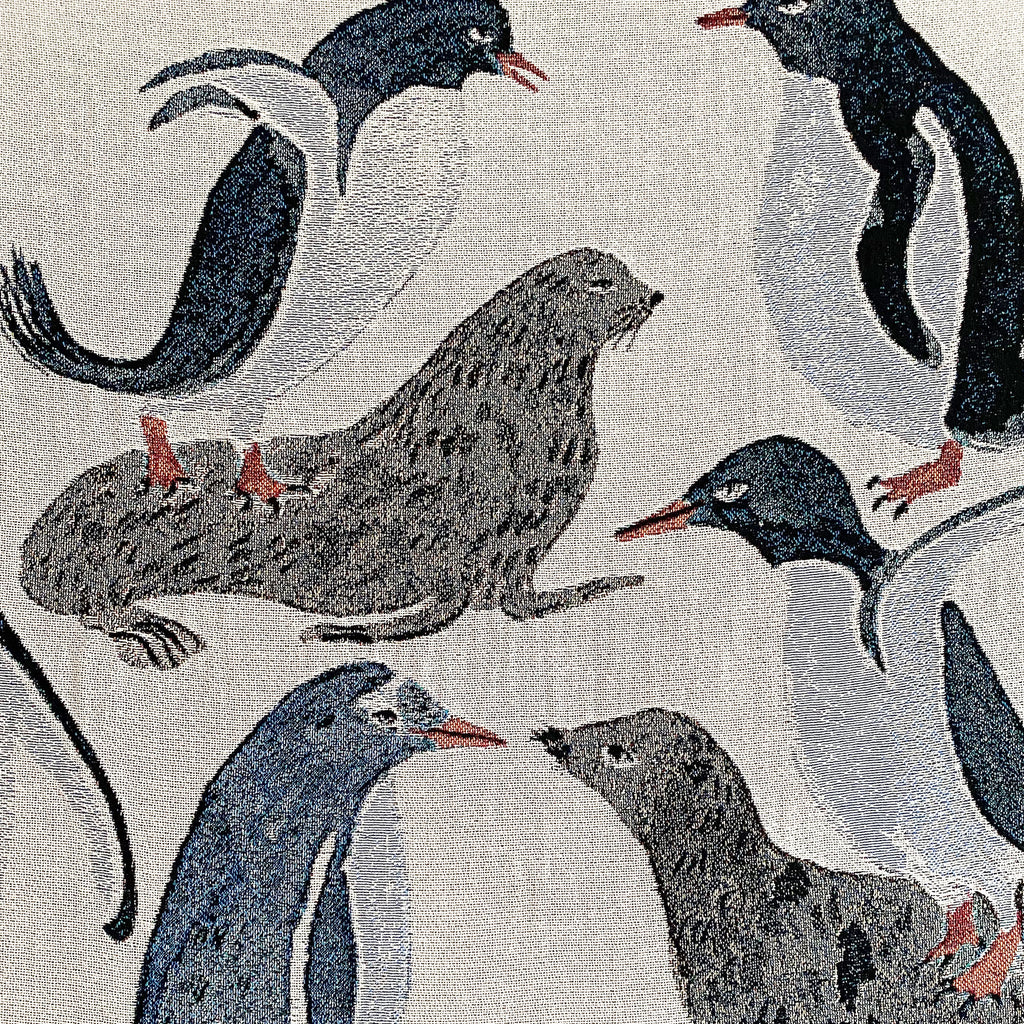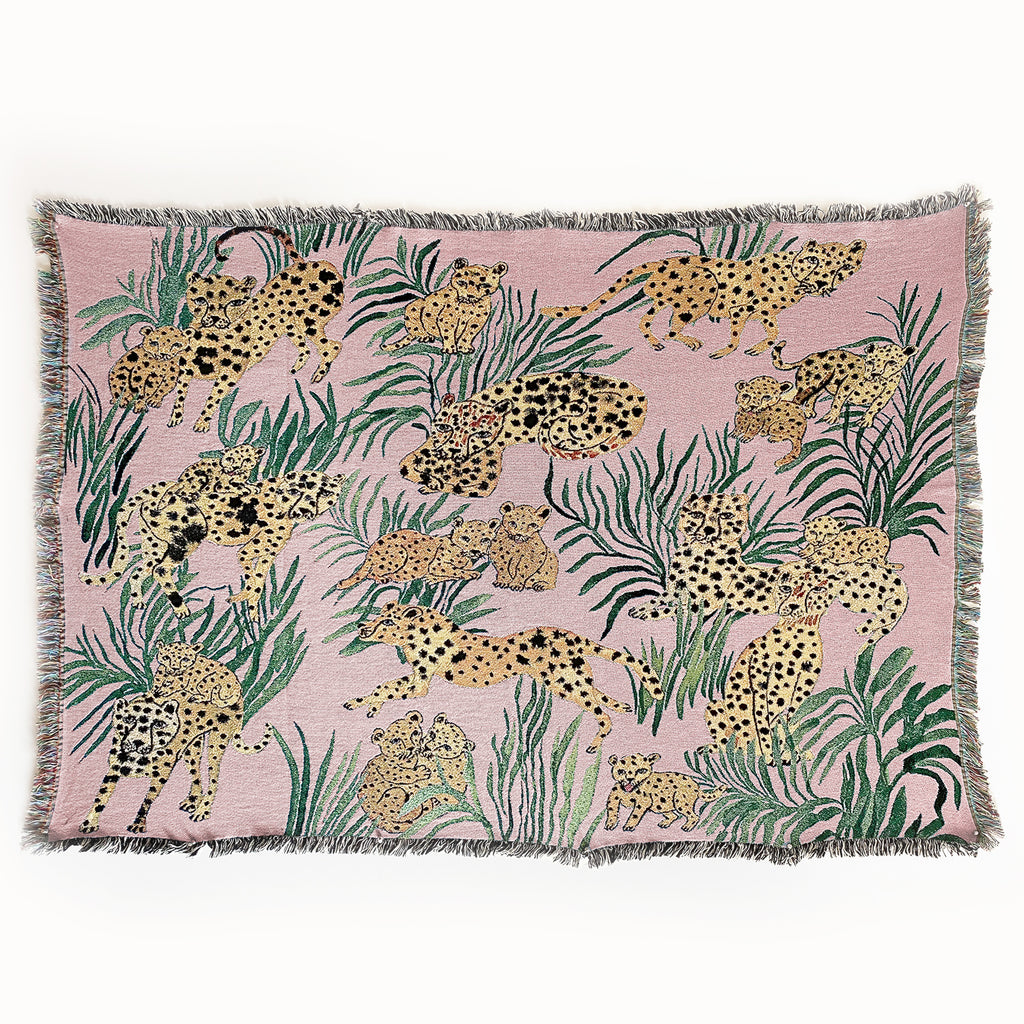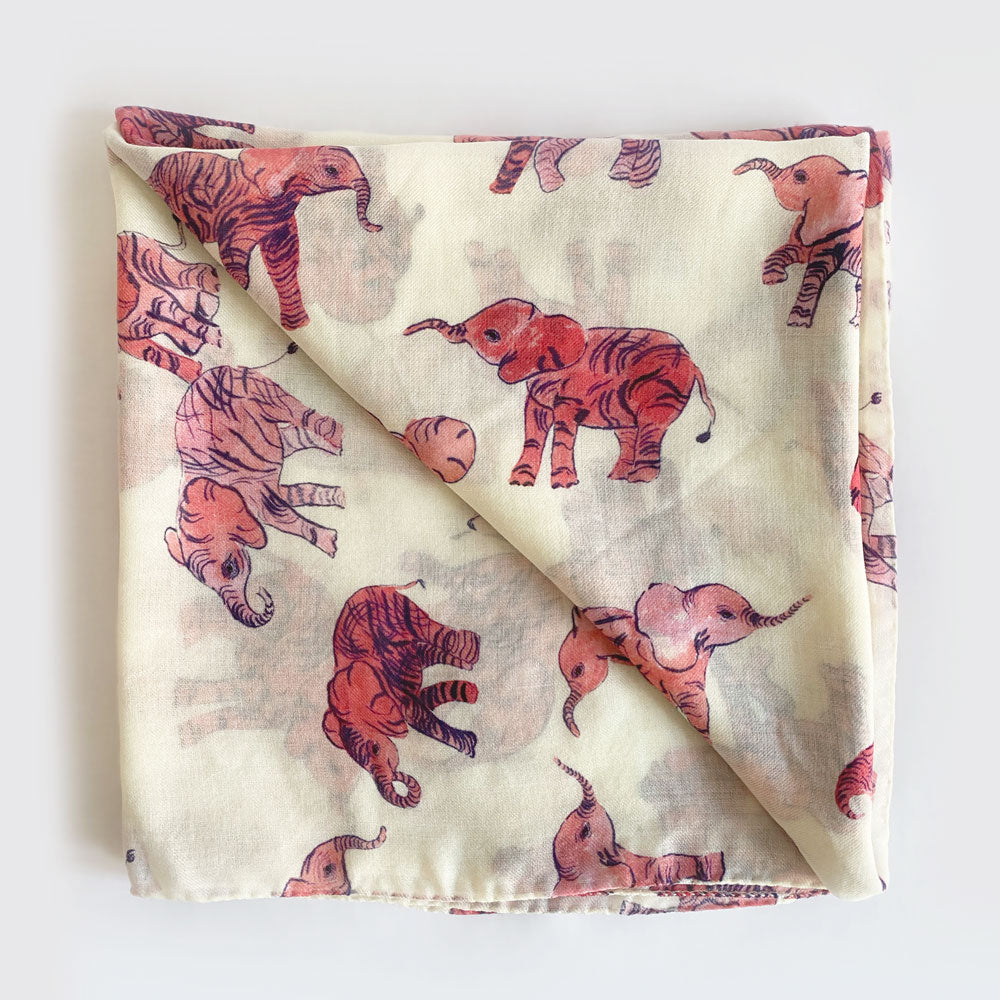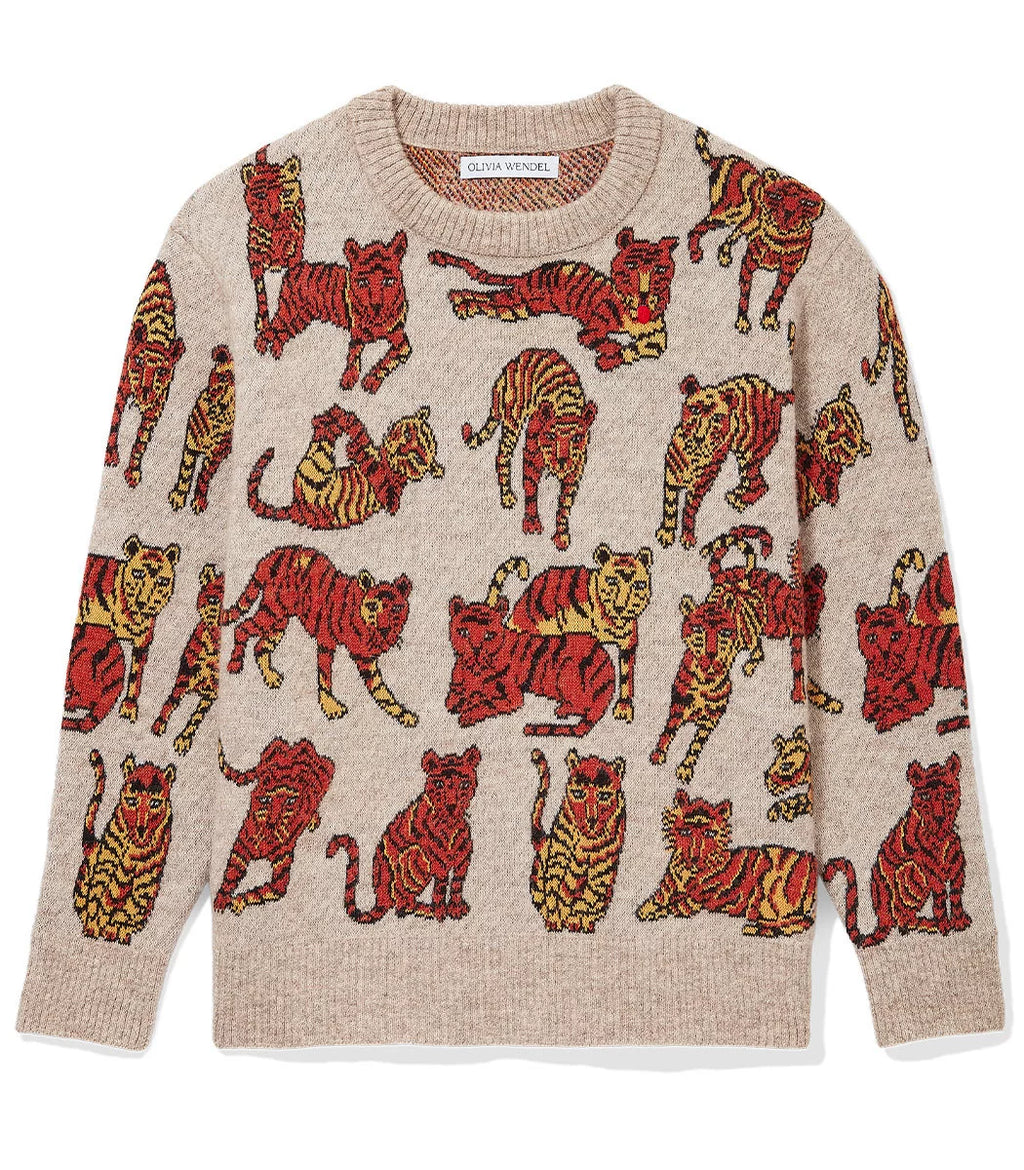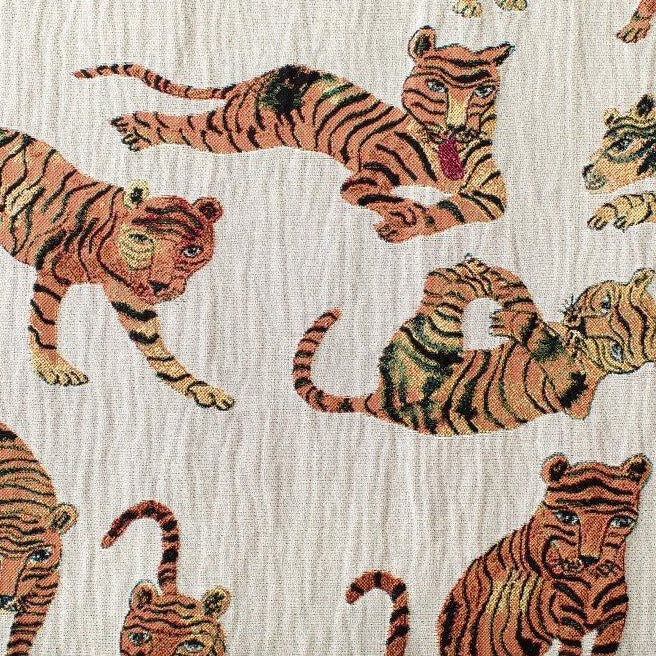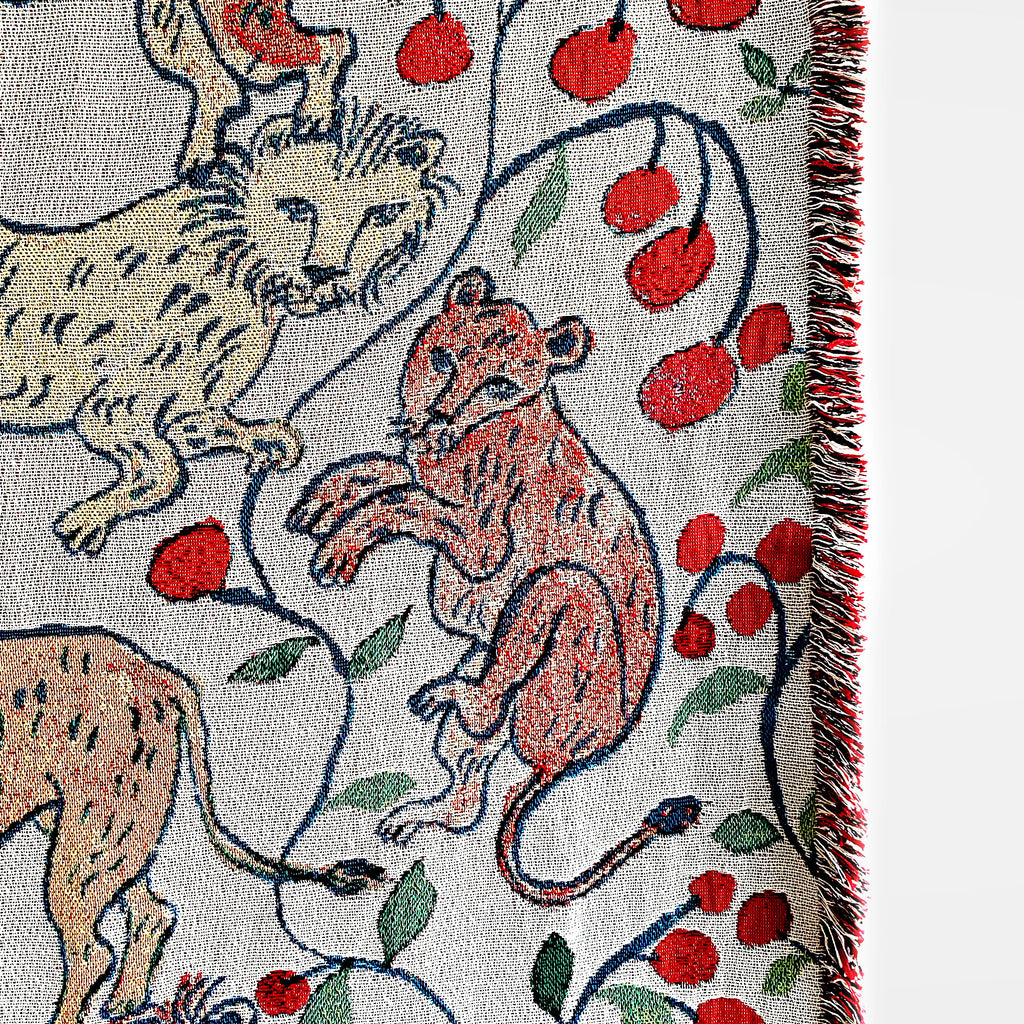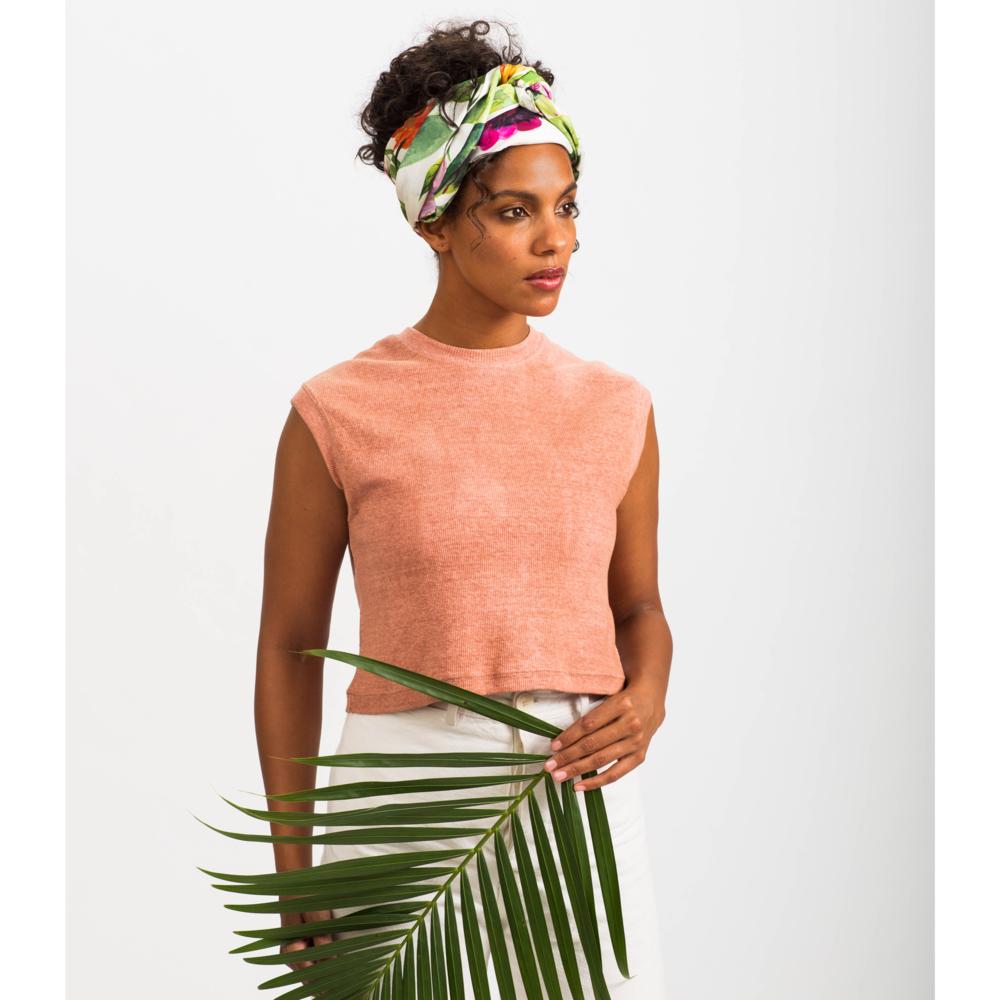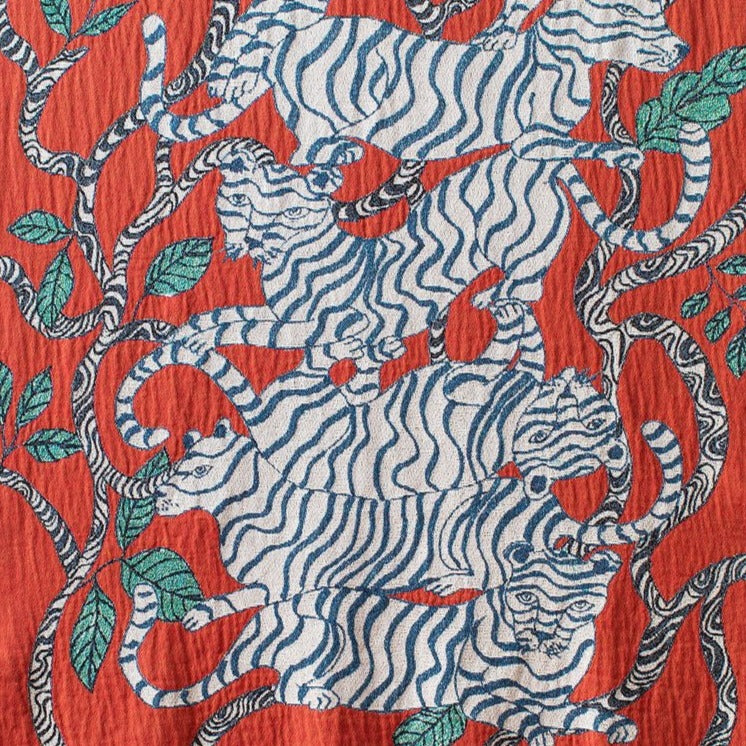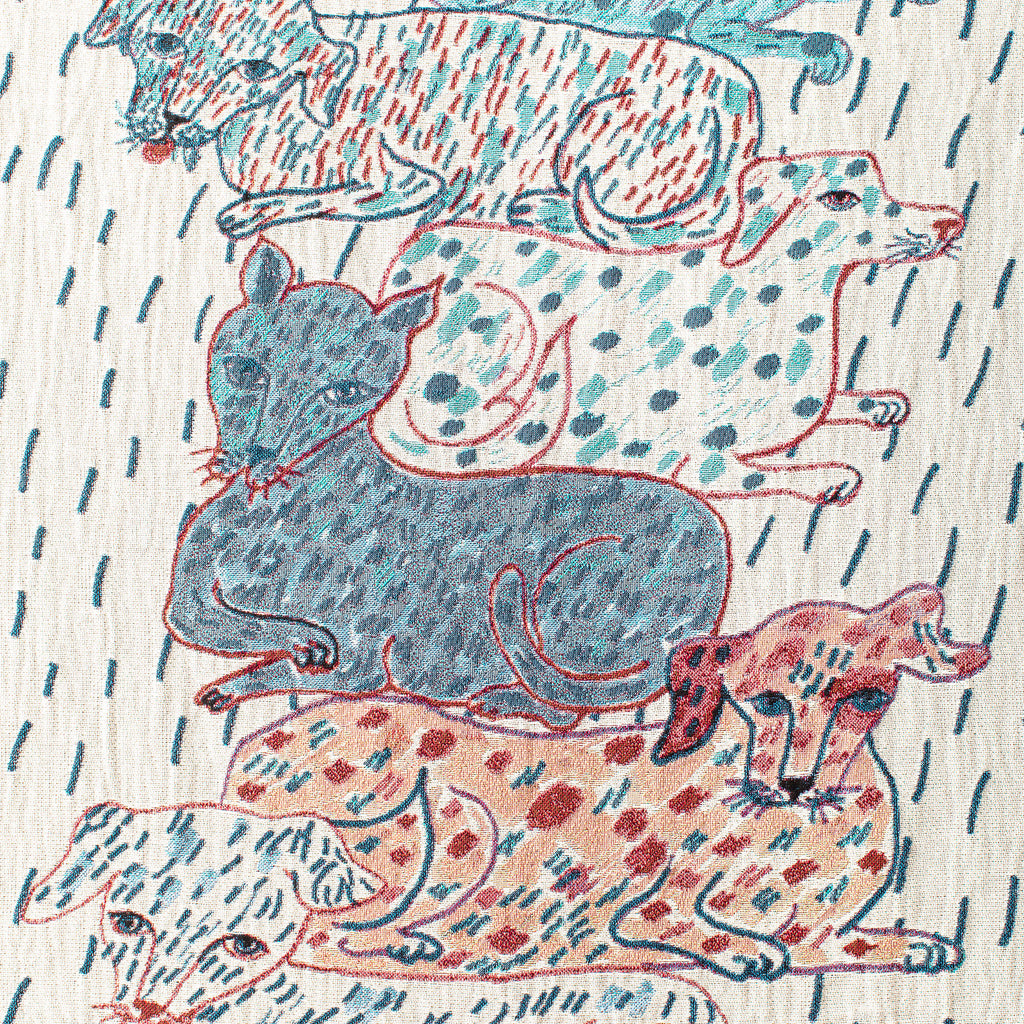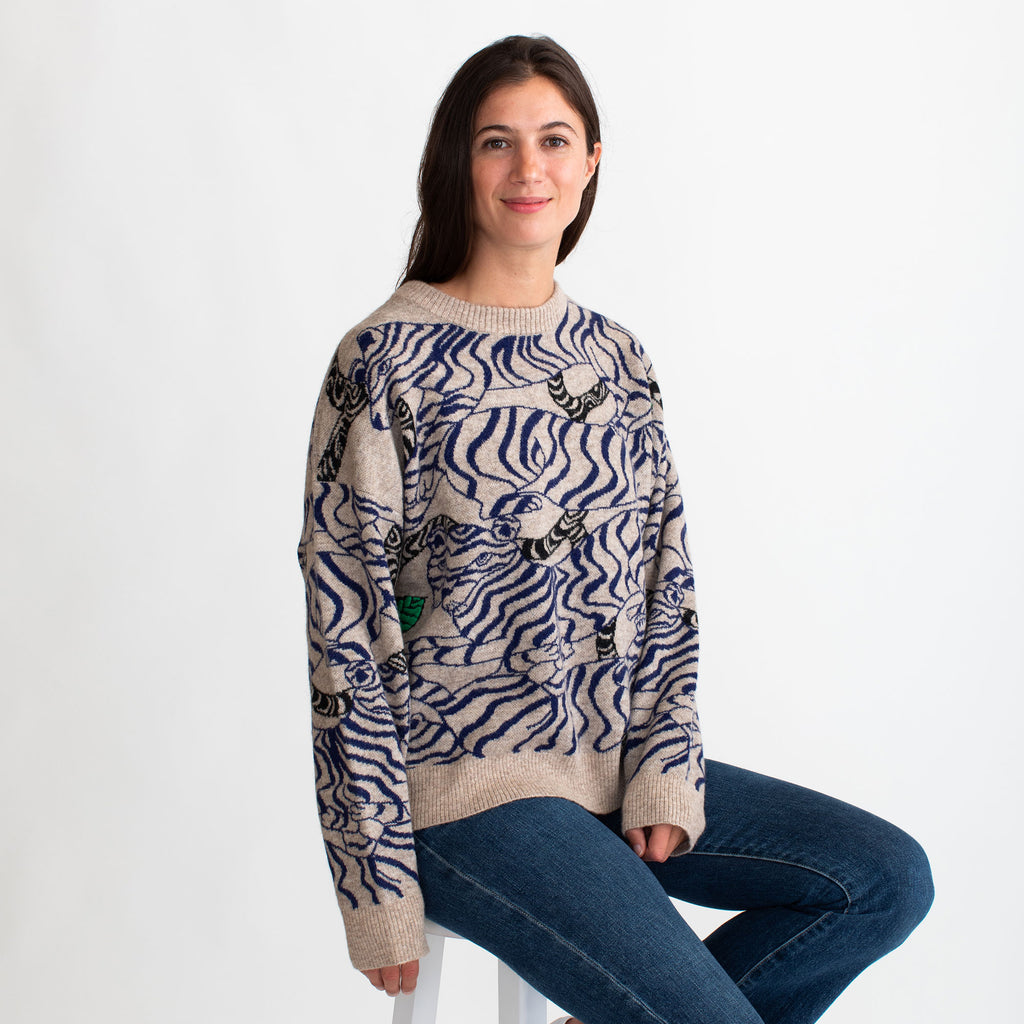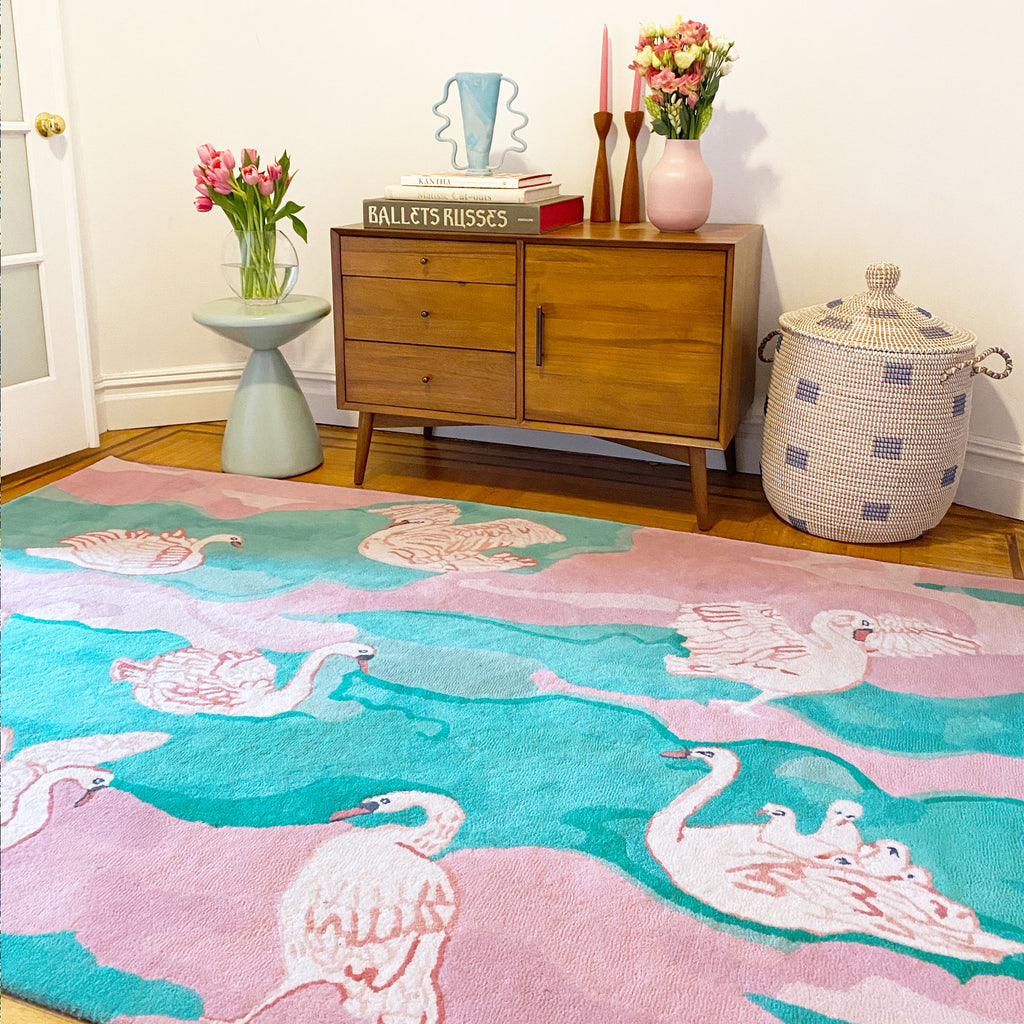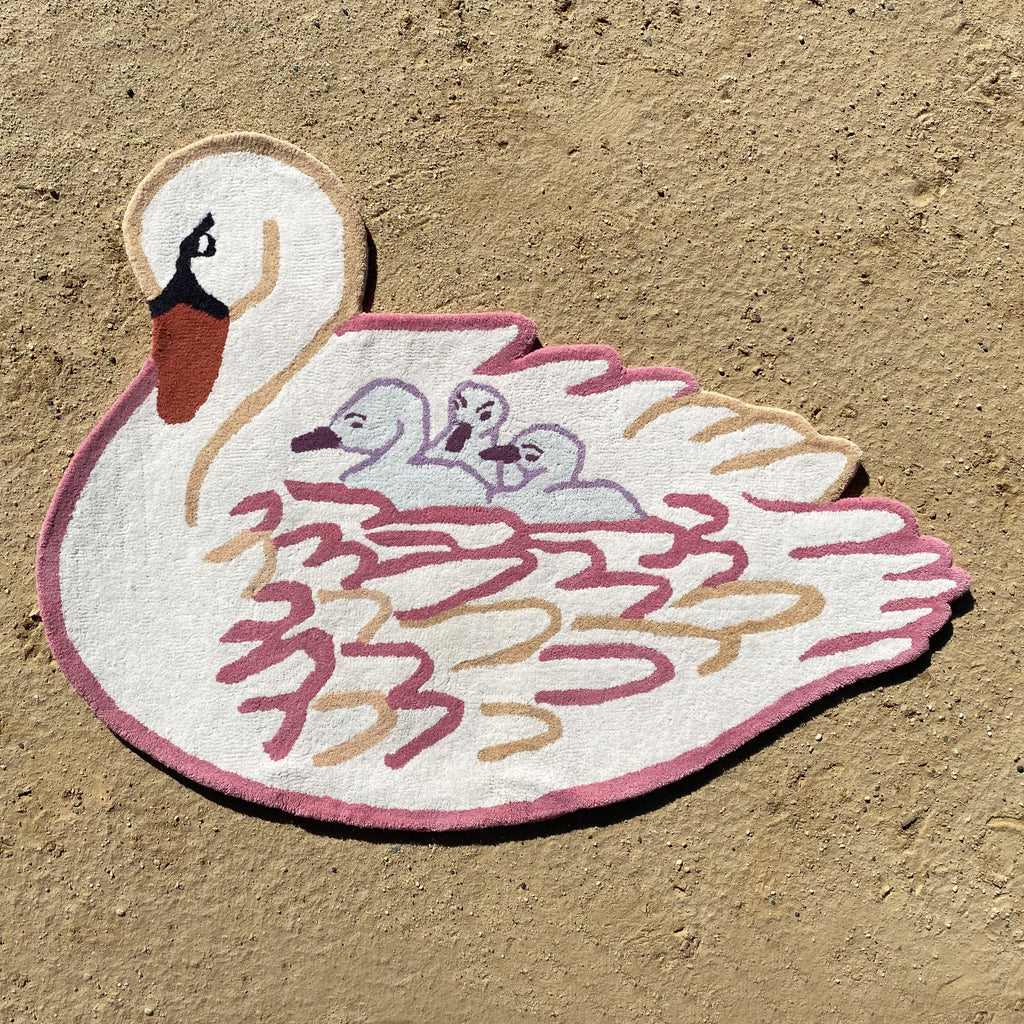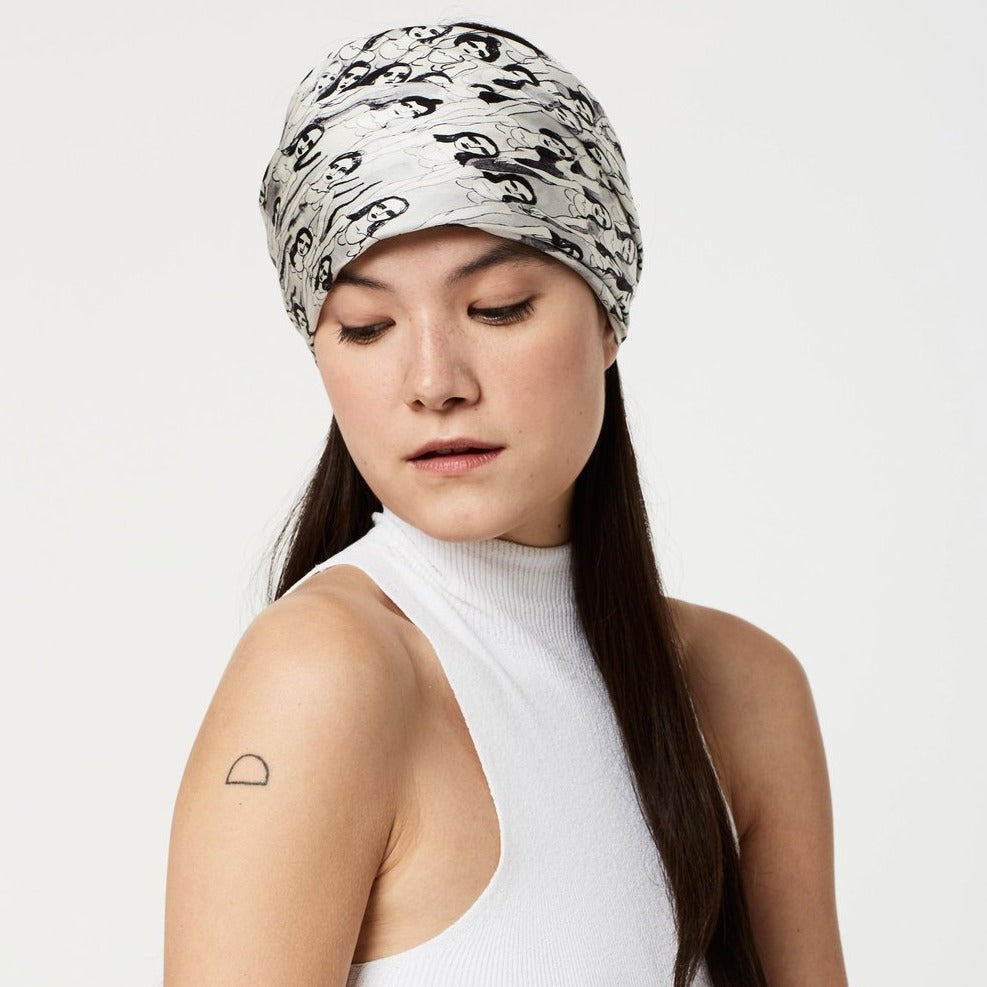Beyond providing warmth, blankets are a fundamental part of our daily lives, adding a touch of comfort and style. Whether you’re looking to stay cozy during chilly winter nights or add a decorative touch to your living room, the right blanket can make all the difference. The assortment of fabrics, weaves, and weights can make the selection of your ideal blanket an exhilarating yet challenging task.
Comprehending the variations of blankets and their distinct characteristics is vital in making a well-informed selection. From the breathable cotton blanket for hot sleepers to the luxurious woolen blanket for cold winter nights, each type offers distinct benefits. This guide aims to steer you through the numerous options, assuring that you discover the blanket that suits your needs best.
The Best Types of Blankets: Find Your Perfect Comfort and Style
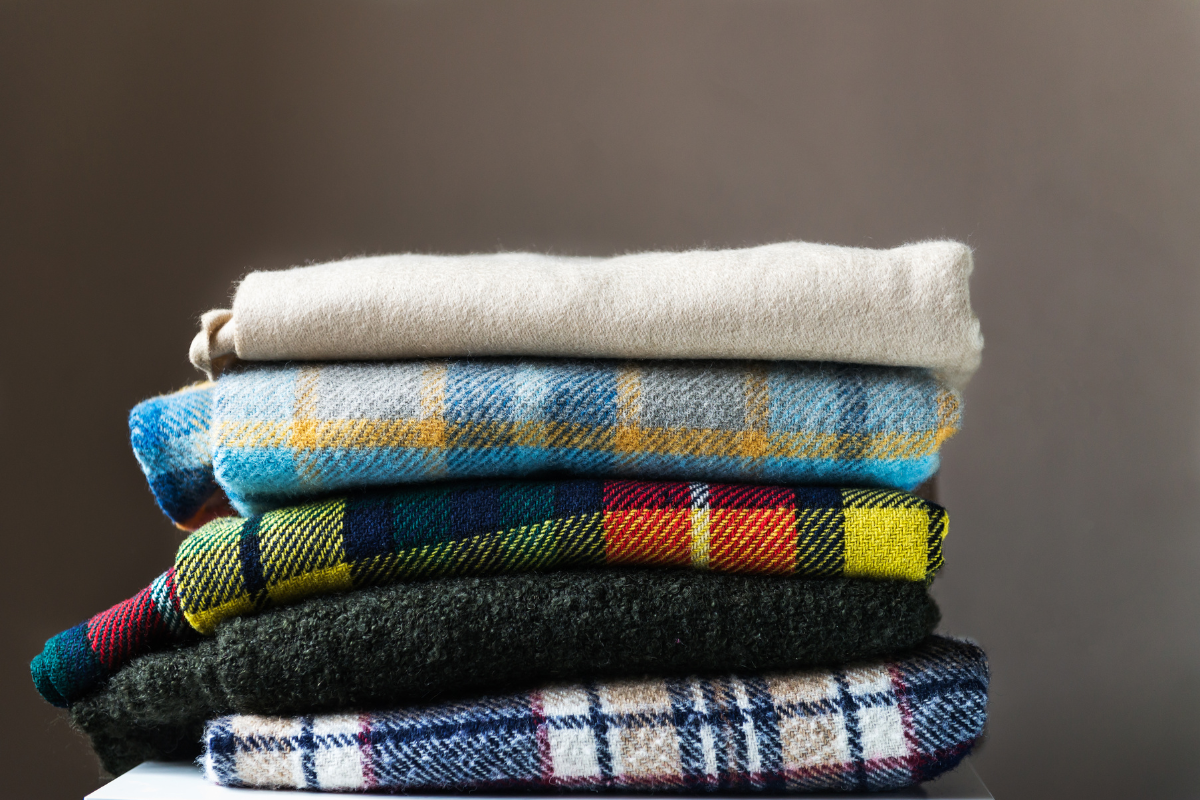
A wide array of blanket types are available, each providing a unique blend of comfort and style. From the luxurious feel of duvets to the calming embrace of weighted blankets, there’s something for every preference and need. The journey to choose the ideal snuggle companion for your couch or a cozy addition to your bed becomes easier when you understand the different types of blankets.
Among the most popular options are:
-
Comforters: known for their warmth and fluffy appearance, making them perfect for adding a layer of comfort to your bed.
-
Duvets: thicker and require a duvet cover, offering a luxurious feel and excellent insulation for colder months.
-
Throw blankets: smaller in size and perfect for adding a decorative touch to your bed or couch.
-
Quilts: made of multiple layers of fabric and often hand-stitched, providing warmth and a traditional look.
-
Weighted blankets: filled with small beads or pellets to provide a gentle pressure that can help promote relaxation and better sleep.
These options offer a range of choices to suit your preferences and needs.
Throw blankets are versatile and decorative, perfect for draping over a sofa or bed. Quilts add a touch of elegance with their intricate patterns and lightweight feel, suitable for transitional seasons. Weighted blankets, filled with materials like glass beads or plastic pellets, provide a calming sensation, helping to improve sleep quality and reduce anxiety.
Common Blanket Types

In the course of selecting a blanket, comprehending the prevalent types on the market is paramount. Comforters, duvets, throw blankets, quilts, and weighted blankets each bring unique characteristics and uses to the table. We’ll explore the unique attributes of each type and their potential to amplify your comfort and style.
Comforter
The warmth they provide and their fluffy appearance have made comforters a staple in many households. They’re a favoured selection for bedding. Constructed from two pieces of fabric filled with materials such as down feathers, cotton or polyfill, comforters offer outstanding insulation and are effective at retaining body heat. Their typical use as a top layer on beds adds warmth without excess weight, which makes them perfect for cold winter nights.
However, comforters are not suitable for warmer weather and often require special care, such as dry cleaning. Their thick, quilted design means they are best enjoyed during the colder months, providing a cozy and inviting addition to your bedding ensemble.
Duvet
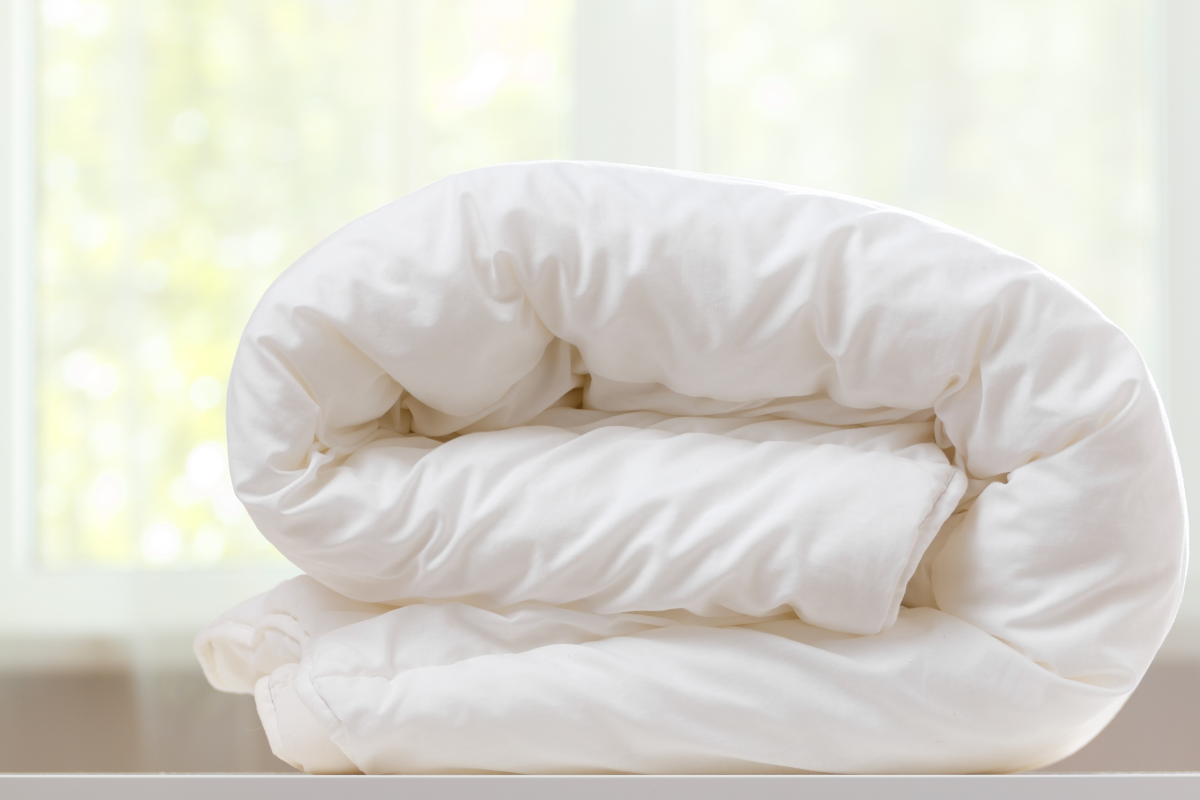
Duvets, providing a warm and luxurious experience, are another popular choice. Filled with down, feathers, or synthetic alternatives, duvets are thicker and require a duvet cover. The duvet cover not only protects the duvet but also allows for easy cleaning and customization of your bed’s appearance. A duvet blanket offers the perfect balance of warmth and style for your bedroom.
Their superior insulation, a key benefit of duvets, makes them an ideal choice for winter months. However, some users find the process of removing and replacing duvet covers tedious, and the filling can sometimes bunch up, requiring redistribution. Despite these minor drawbacks, duvets remain a favorite for those seeking a cozy and stylish bedding option.
Throw Blanket
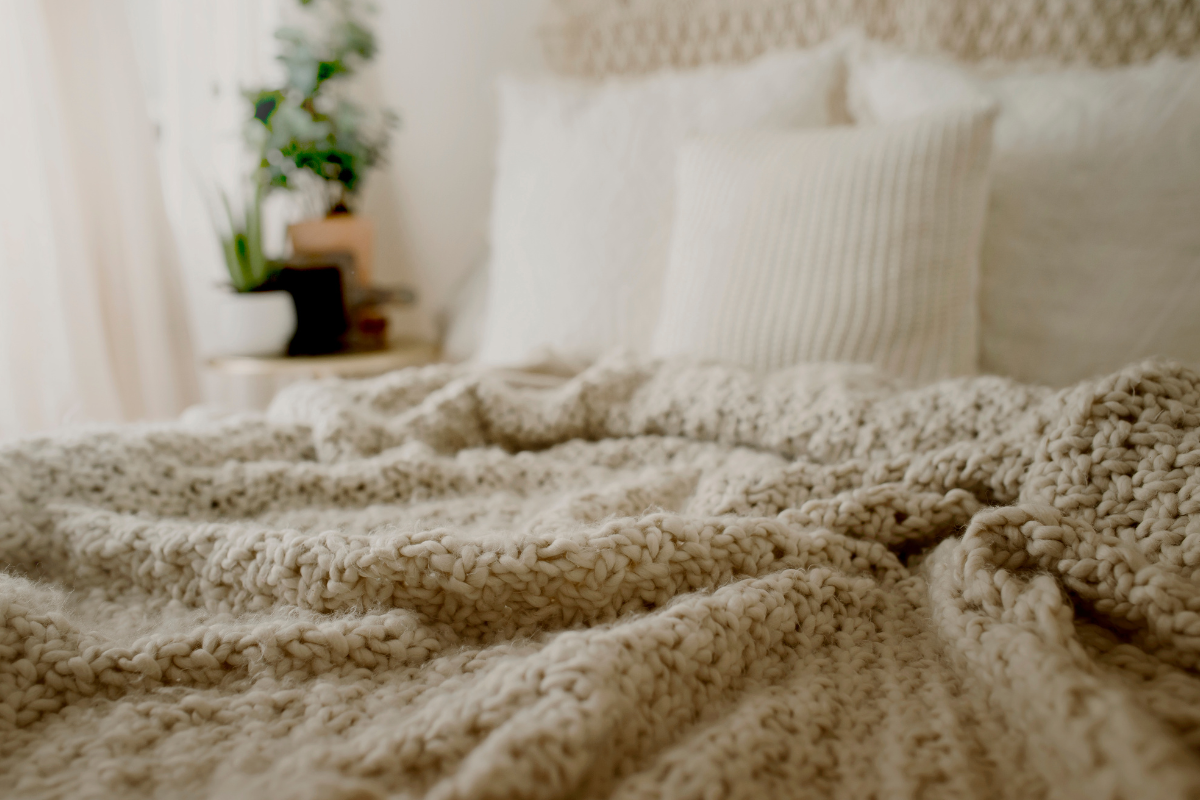
Typically made from knit or woven light materials, throw blankets are small, decorative blankets. They are perfect for adding a touch of style to your home decor or for a light cover while relaxing on the sofa or bed.
Blanket throw blankets, typically measuring around 50x60 inches, are versatile and functional, often used for lounging or even for picnics.
Quilt
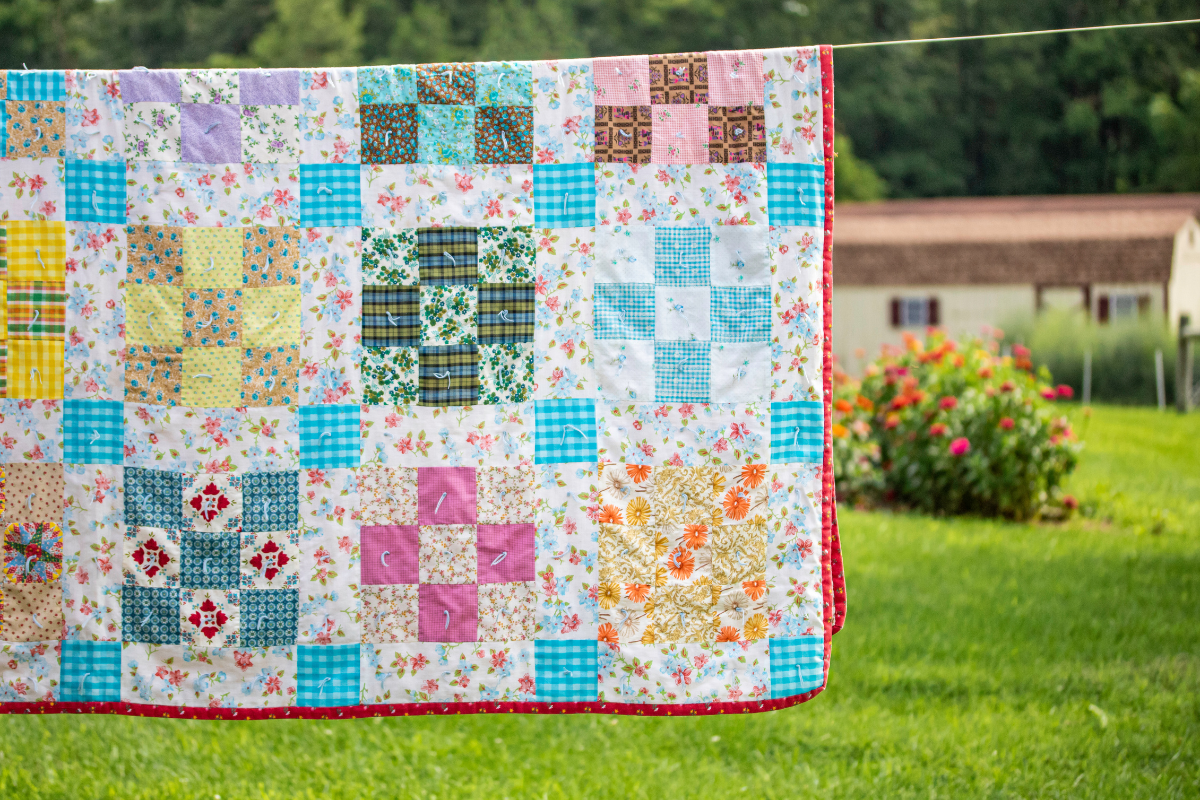
Quilts, made of three layers stitched together with intricate patterns, are lightweight blankets. The layers of a quilt include:
-
The top layer, which is composed of fabric
-
The middle layer, which serves as the filling and can be made of cotton, wool, or polyester
-
The bottom layer, which is also composed of fabric
Quilts are often used in transitional seasons like spring and fall, providing just the right amount of warmth without being too heavy.
In addition to their practicality, quilts have the following benefits:
-
They add a decorative touch to bedding with their detailed stitching and patterns.
-
They are easier to clean than comforters, although some may still require dry cleaning.
-
Quilts are perfect for those who appreciate both function and aesthetics in their bedding.
Weighted Blanket
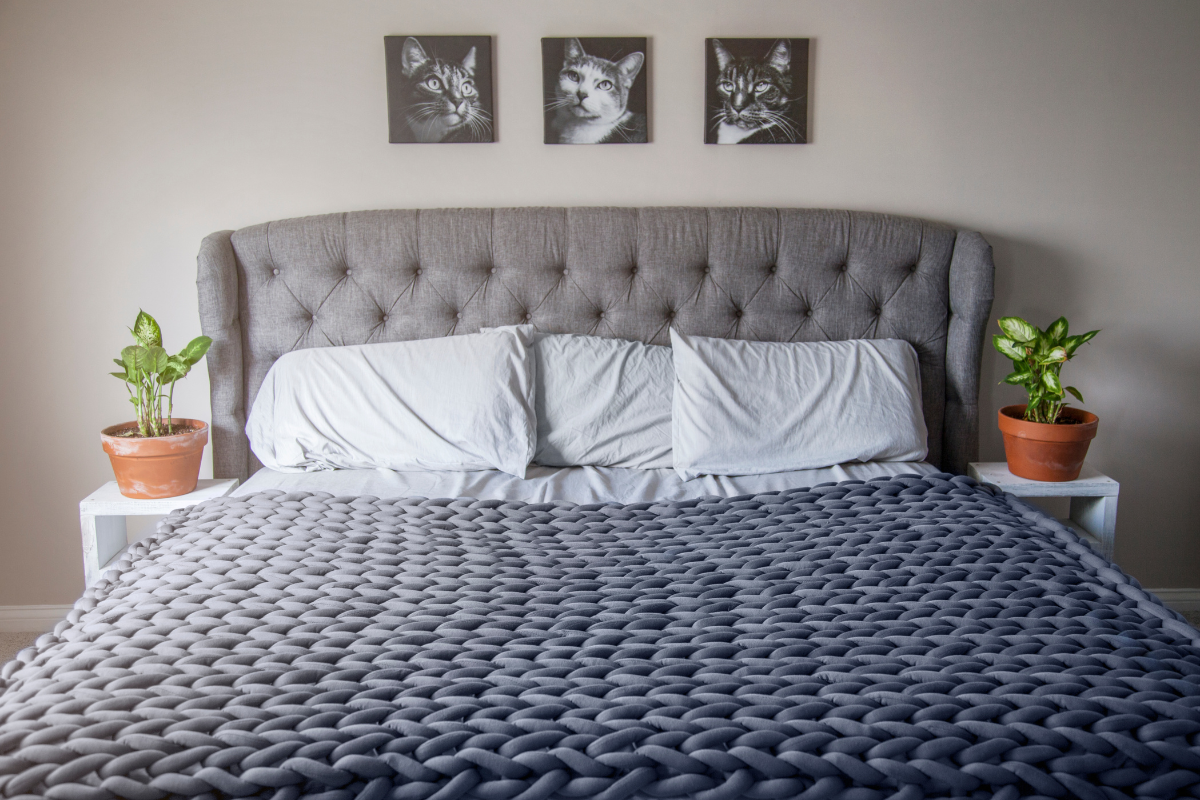
Weighted blankets are increasingly popular due to their therapeutic benefits. Filled with materials like glass beads or plastic pellets, these blankets provide a calming sensation known as deep touch pressure, which can help improve sleep quality and reduce anxiety. They are designed to simulate the feeling of being hugged, offering comfort and security.
Individuals with insomnia, anxiety, or sensory processing disorders particularly benefit from these blankets. By providing gentle pressure, weighted blankets can help reduce tossing and turning, leading to a more restful night’s sleep.
Specialty Blankets

Specialty blankets offer a broad spectrum of options, catering to specific needs and preferences. From baby blankets to electric blankets and survival blankets, these specialized types provide unique benefits and features tailored to different situations.
Baby Blankets
Designed with paramount care, baby blankets are soft, breathable, and hypoallergenic. Made from materials like organic cotton, these blankets are gentle on a baby’s sensitive skin and provide the perfect amount of warmth without overheating.
Electric Blankets
The adjustable warmth offered by electric blankets makes them a popular choice for winter nights. They contain built-in heating elements that generate heat from electricity, providing a customizable level of warmth. Some key features of electric blankets include:
-
Automatic timers and shut-offs to prevent overheating and ensure safety
-
Multiple heat settings for personalized comfort
-
Soft and cozy materials for added comfort
-
Easy-to-use controls for adjusting temperature
-
Machine washable for easy cleaning
These features make electric blankets a convenient and comfortable option for staying warm during the colder months.
Nevertheless, it’s crucial to exercise caution while using electric blankets. Here are some safety tips to keep in mind:
-
Do not use electric blankets on waterbeds, adjustable beds, or recliners.
-
Discard old or damaged electric blankets to avoid fire hazards.
-
Always check for safety recalls and follow the manufacturer’s instructions for proper use and maintenance.
Survival Blankets
Made from reflective polyester film, survival blankets are thin, lightweight emergency blankets. These blankets are designed to retain body heat in extreme conditions, making them an essential item for outdoor enthusiasts and emergency kits.
Their compact and portable nature allows for easy storage and transport in case of unexpected situations.
Material Matters
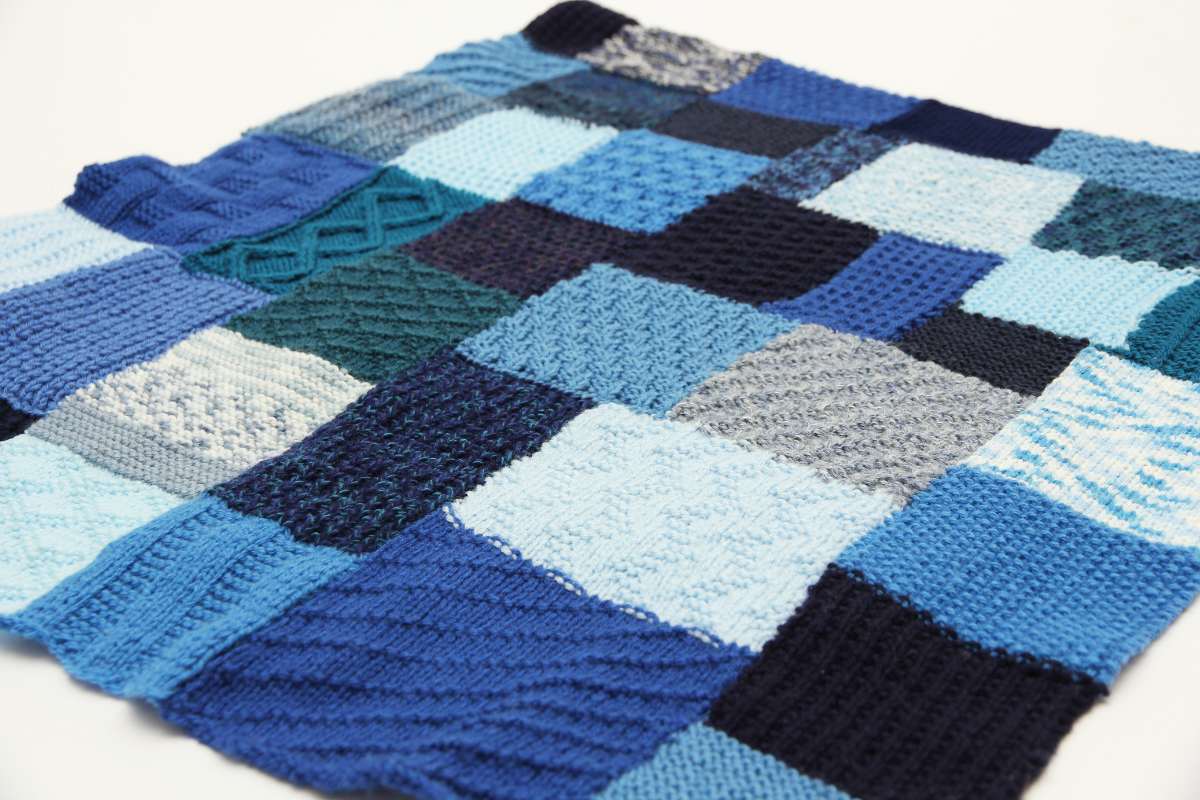
The blanket material significantly impacts its texture, warmth, durability, and hypoallergenic properties. Whether you prefer the natural feel of cotton or the cozy warmth of fleece, understanding the properties of different materials can help you make the best choice for your needs.
Cotton Blankets
Cotton blankets boast incredible versatility, breathability, and hypoallergenic properties. They are suitable for various climates, providing warmth in cooler weather and a lightweight cover in warmer temperatures.
Cotton blankets are also easy to care for, making them a practical choice for year-round use.
Wool Blankets
Recognized for their superior insulation properties, wool blankets tend to be ideal for colder climates. Wool naturally wicks moisture and is flame-resistant, providing both comfort and safety. These blankets require gentle care, such as hand washing in cold water, to maintain their quality and longevity.
Fleece Blankets
Crafted from polyester fibers, fleece blankets are:
-
Cozy and lightweight
-
Soft and warm, making them suitable for all seasons
-
Easy to care for
-
Often used as a synthetic substitute for wool, providing similar warmth at a lower cost.
Microfiber Blanket
Constructed from synthetic fibers, specifically polyester strands, microfiber blankets offer a soft, plush, and durable option made of synthetic materials. These blankets are ideal for allergy sufferers due to their hypoallergenic properties.
Microfiber blankets provide excellent warmth and are easy to maintain, making them a popular choice for many households.
Seasonal Choices

Selecting an appropriate blanket for each season is vital for ensuring comfort and optimal temperature regulation. From lightweight summer blankets to warm winter options, the right choice can enhance your sleep quality and overall comfort.
Summer Blankets
Designed to be lightweight and breathable, summer blankets are perfect for warmer climates or those who tend to sleep hot. Materials like cotton and bamboo viscose help maintain a cool temperature, ensuring a comfortable night’s sleep during the hotter months.
Options like the Luxome Lightweight Blanket and Brooklinen Linen Quilt are excellent choices for summer.
Winter Blankets
To keep you warm during the colder months, winter blankets should offer excellent insulation and heat retention. Wool and down blankets are among the warmest options, offering superior warmth and comfort.
Fleece blankets are also a great choice, providing significant heat insulation and moisture-wicking properties.
All-Season Blankets
Versatile and suitable for a wide range of temperatures, all-season blankets are a practical choice. Waffle weave blankets are a popular choice, as they can be layered under thicker blankets in winter and used alone during summer.
Down alternative comforters also offer a perfect balance of breathability and warmth, making them ideal for year-round use.
Factors to Consider When Choosing a Blanket

Several factors such as size, weight, and weave method come into play when selecting a blanket. These elements can significantly impact your comfort and the blanket’s performance in different seasons. Understanding these factors will help you choose the perfect blanket for your needs.
Size
Ensuring comfort and coverage relies greatly on choosing the proper blanket size. Twin blankets typically measure around 66 x 90 inches, while full/queen blankets are generally 90 x 90 inches. King blankets, measuring 108 x 90 inches, are ideal for larger beds.
Knowing the right size ensures a better fit and a more comfortable sleep experience.
Weight
The weight of a blanket can have a significant impact on its comfort and warmth. Here are some guidelines to consider:
-
Weighted blankets are chosen based on individual preferences and are typically around 10% of the user’s body weight.
-
Heavier blankets provide more warmth and can offer a calming effect.
-
Lighter blankets are ideal for warmer weather.
Weave Method
A blanket’s weave method plays a crucial role in determining its breathability and warmth. Tight weaves generally result in less breathable blankets but better heat retention, making them suitable for colder climates.
Loose weaves, like waffle weave, allow more air circulation, providing a balance of warmth and breathability.
Care and Maintenance Tips
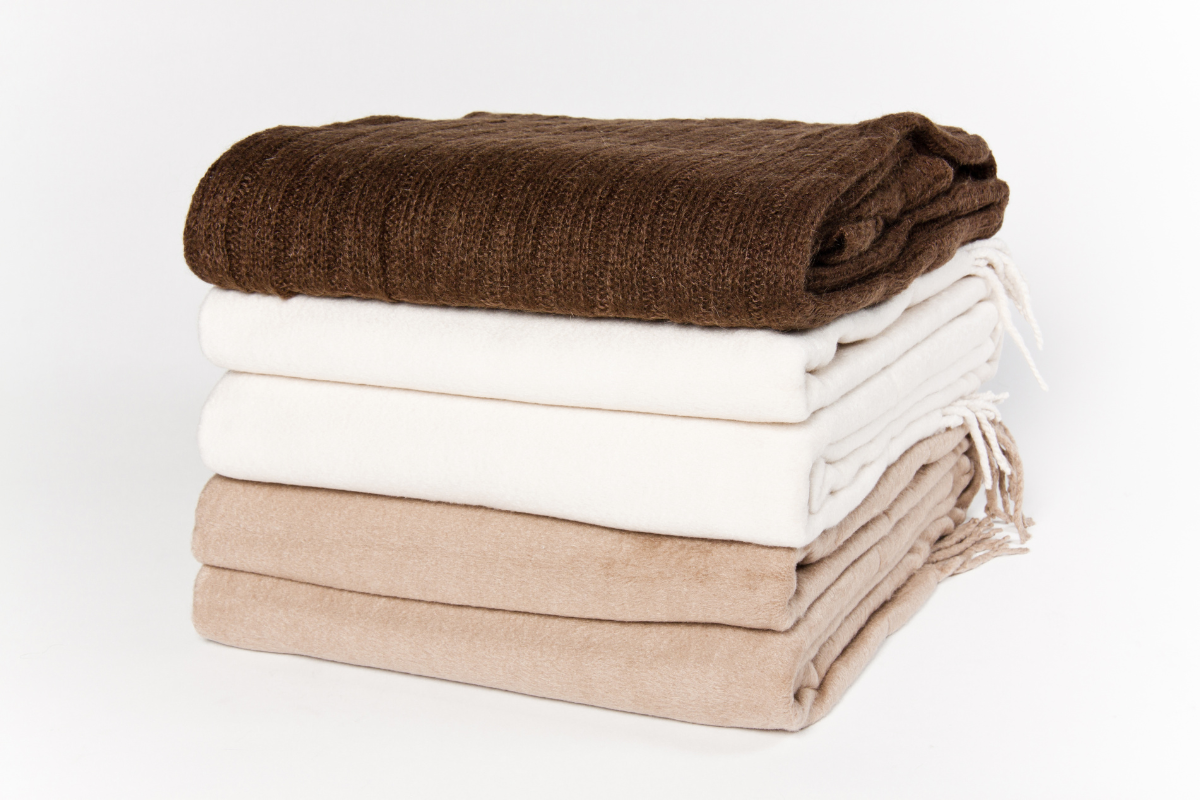
To keep your blankets in good condition, proper care and maintenance are essential. Different materials require different care methods, and following the manufacturer’s instructions can help extend the life of your blanket.
Knowing how to care for your blanket, from washing to storage, will ensure that it remains soft, clean, and comfortable.
Washing Instructions
Following the care label for the recommended washing temperature and method is important when washing blankets. Avoid using fabric softeners, as they can leave a residue and reduce softness.
For delicate materials like wool or cashmere, hand washing and air drying are the best options.
Storage Tips
Appropriate storage of blankets can help prevent damage and preserve their quality. Store blankets in a cool, dry place away from direct sunlight and moisture. Avoid using plastic bags or airtight containers, as these can trap moisture and lead to mold growth.
Instead, use breathable fabric storage bags or wrap blankets in cotton sheets for protection.
Repair and Upkeep
Extending the life of your blankets can be achieved through regular upkeep and minor repairs. Brushing wool blankets with a soft-bristled fabric brush helps retain their fluffiness.
For quilts, which can be challenging to clean, special care is required, often involving professional dry cleaning to maintain their intricate patterns and structure.
Summary
In summary, choosing the right blanket involves understanding the different types available, their unique features, and how they meet your specific needs. From the warmth of wool blankets to the calming effect of weighted blankets, there’s a perfect blanket for everyone. Consider factors like size, weight, material, and care requirements to make an informed decision. With the right blanket, you can enhance your comfort and add a touch of style to your home.
Frequently Asked Questions
What is the best type of blanket for winter?
A wool or down blanket is the best type for winter as these materials provide excellent insulation and warmth.
How do I choose the right size blanket for my bed?
To choose the right size blanket for your bed, simply match the blanket size to your bed size: twin blankets for twin beds, full/queen blankets for full or queen beds, and king blankets for king beds. Easy, right?
Are weighted blankets beneficial for sleep?
Absolutely! Weighted blankets can improve sleep quality by providing deep touch pressure, which can help reduce anxiety and promote a more restful night's sleep.
What is the difference between a duvet and a comforter?
Duvets require a removable cover and are thicker, while comforters are single, quilted blankets with the filling sewn inside. So the main difference is in their construction.
How should I care for my wool blanket?
To care for your wool blanket, wash it gently by hand in cold water and air-dry it. Regularly brush it with a soft-bristled fabric brush to maintain its fluffiness.



